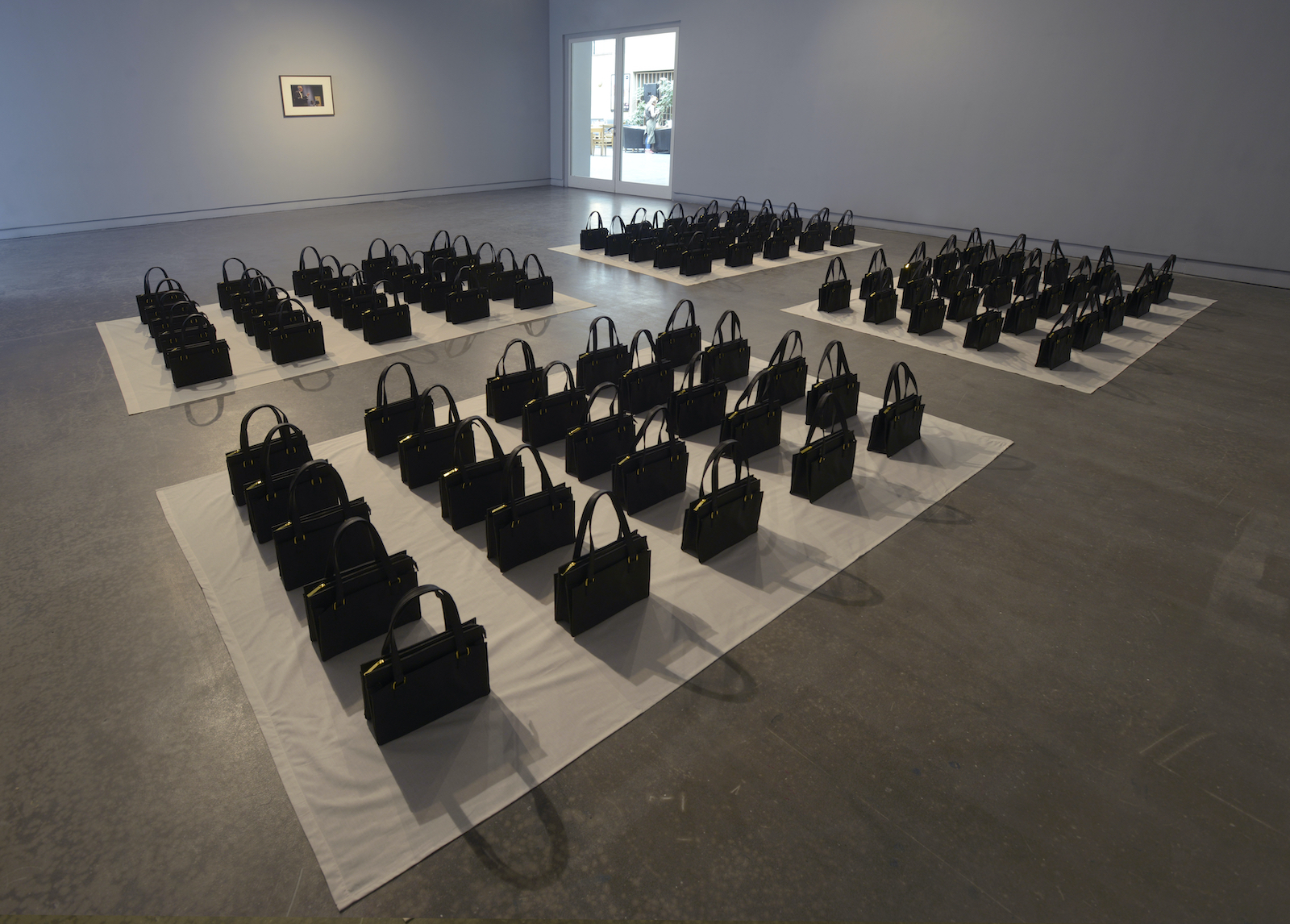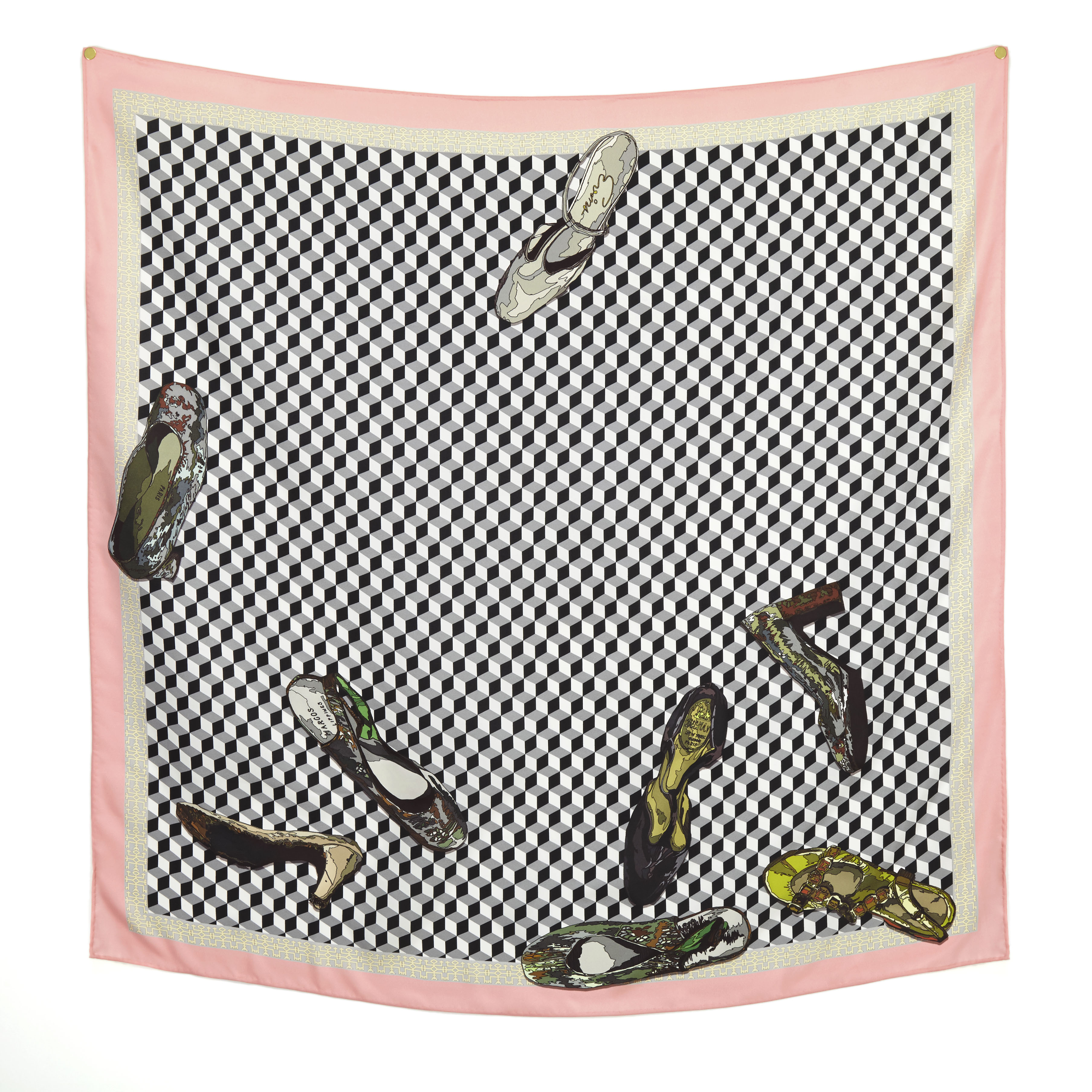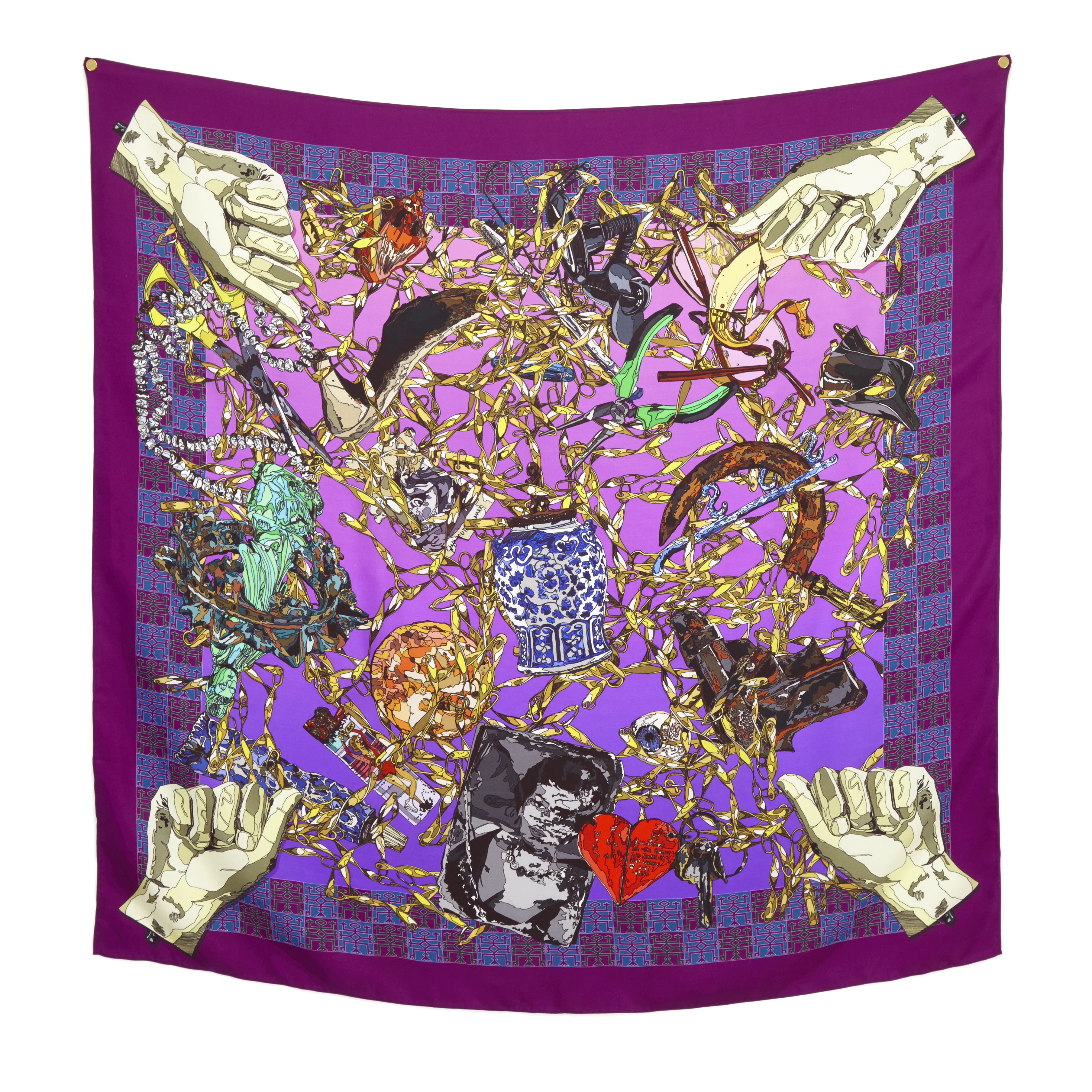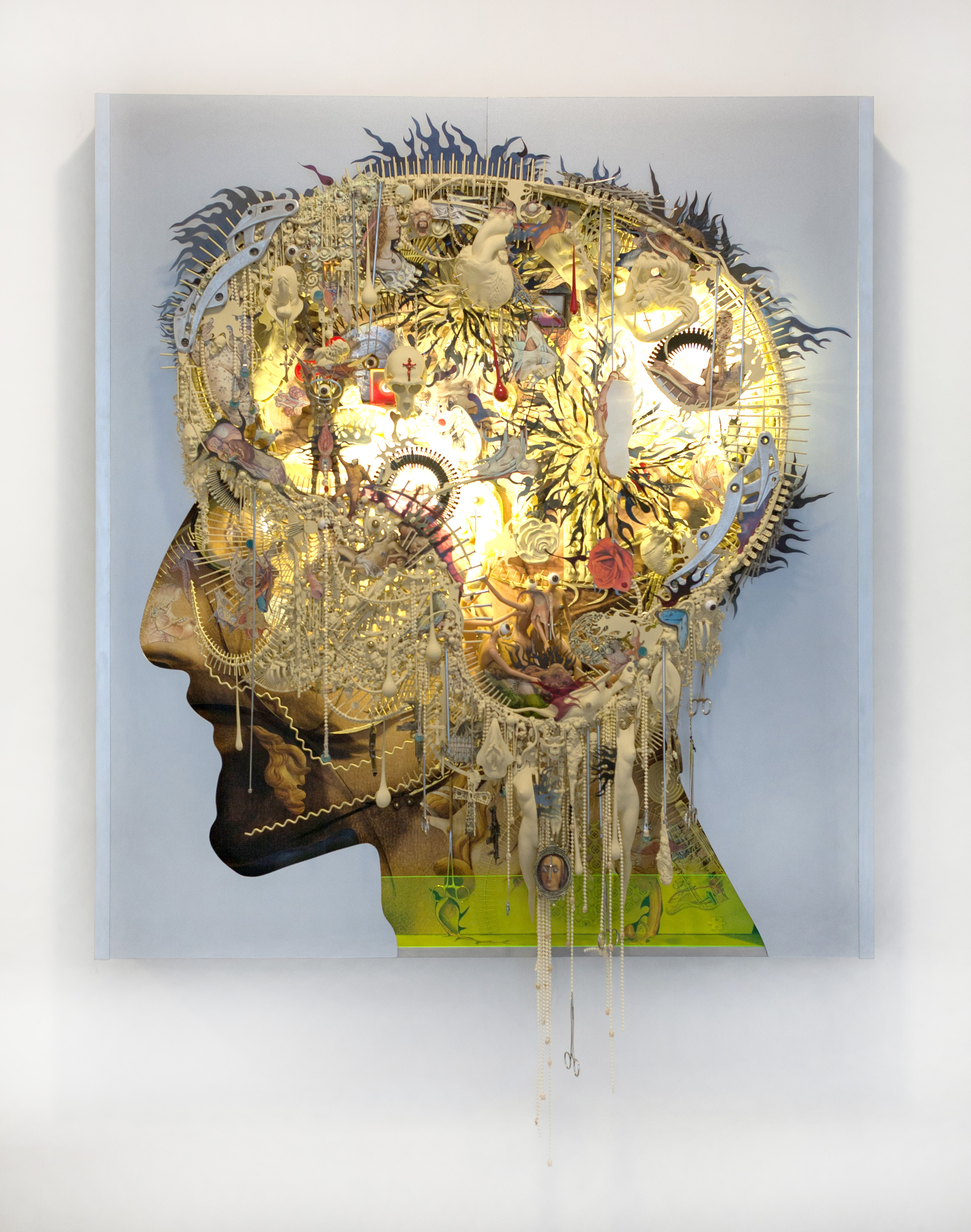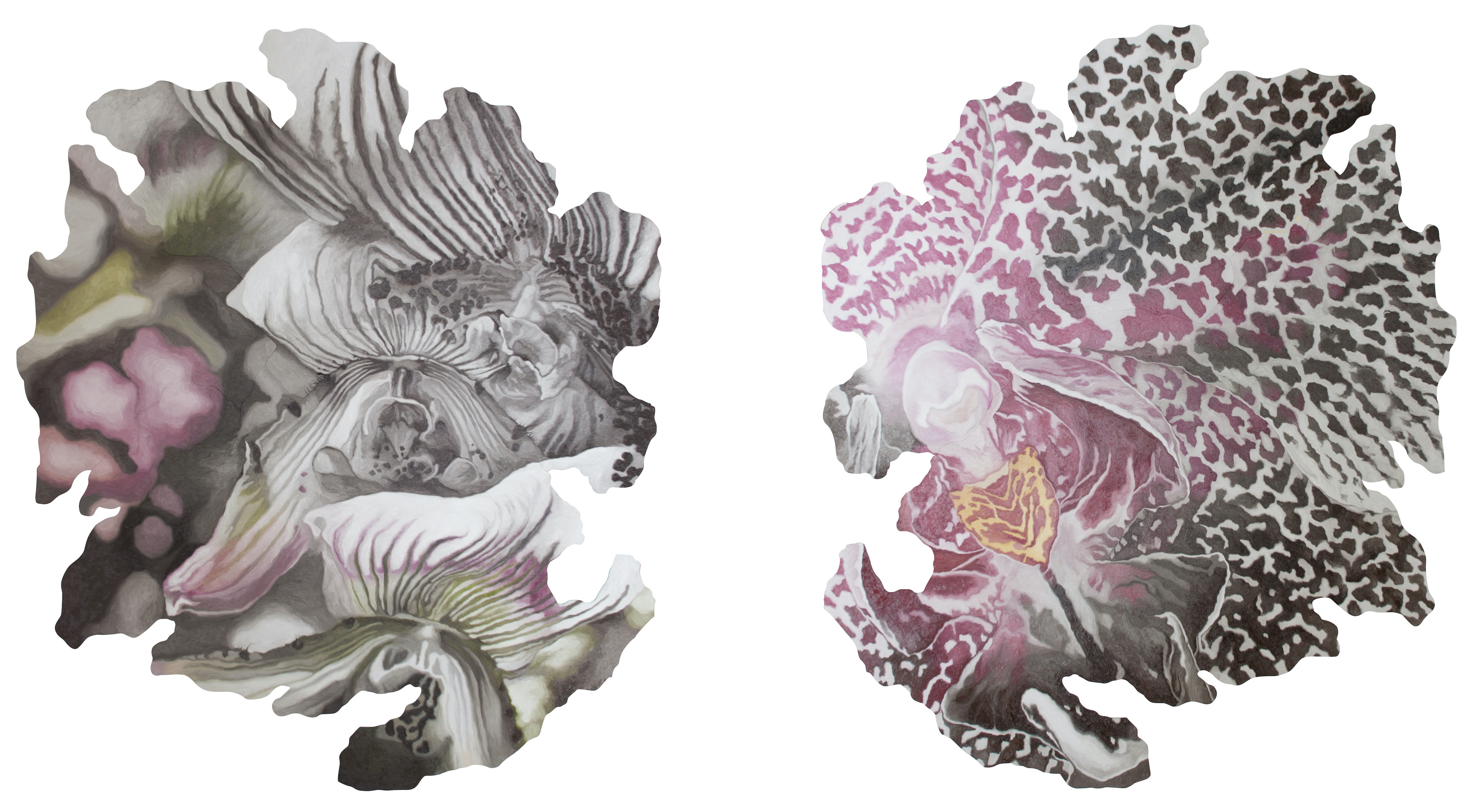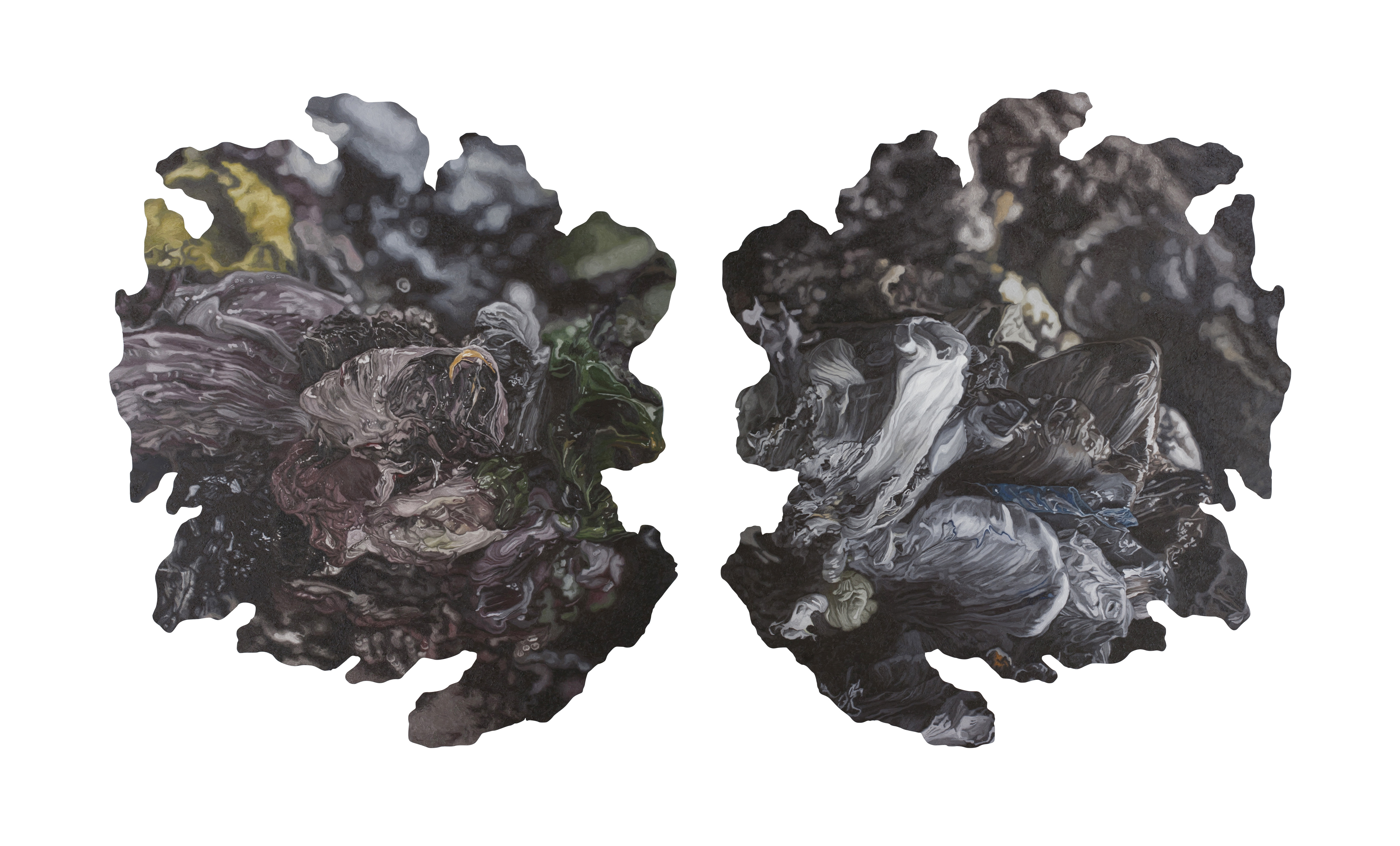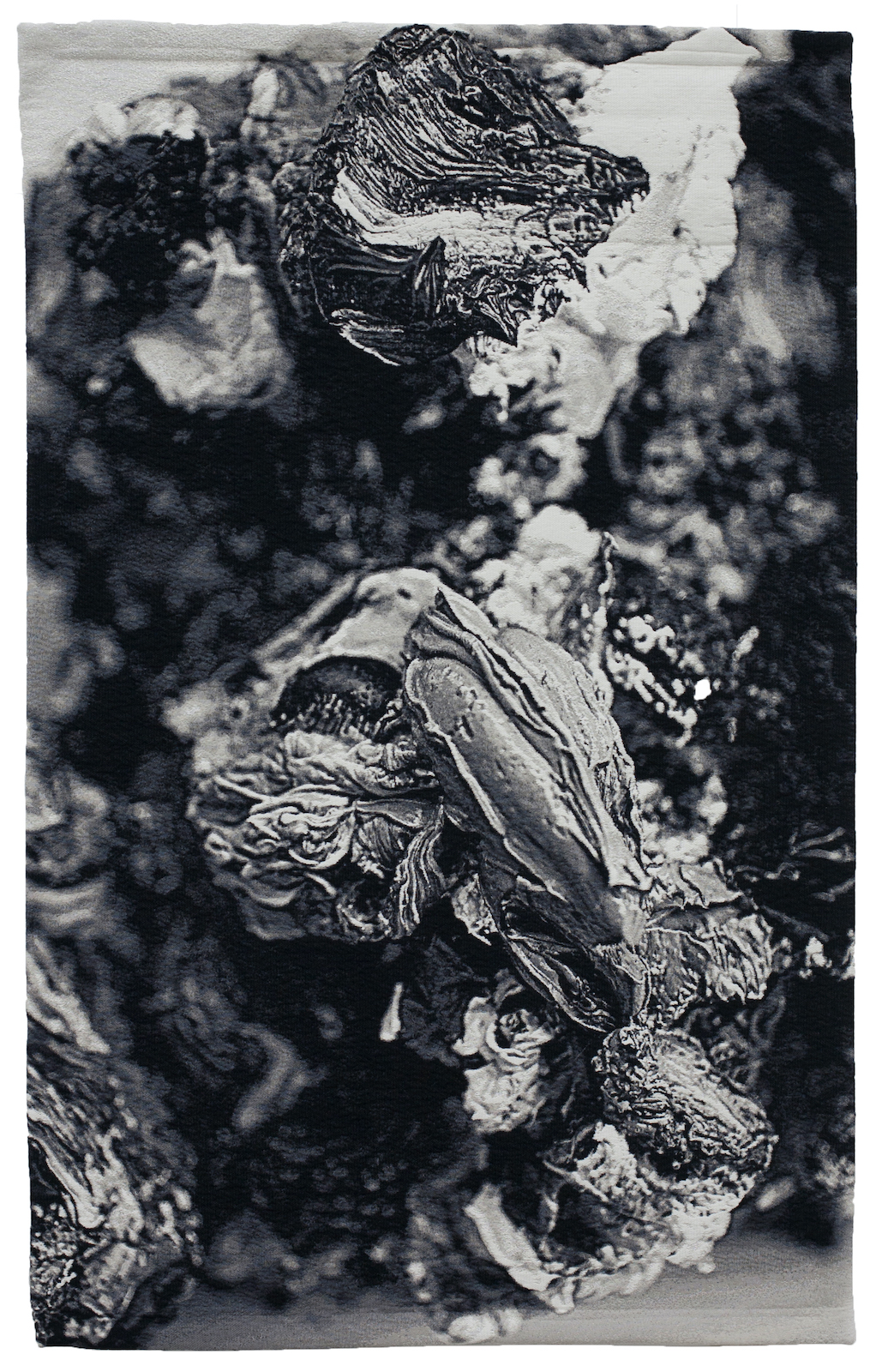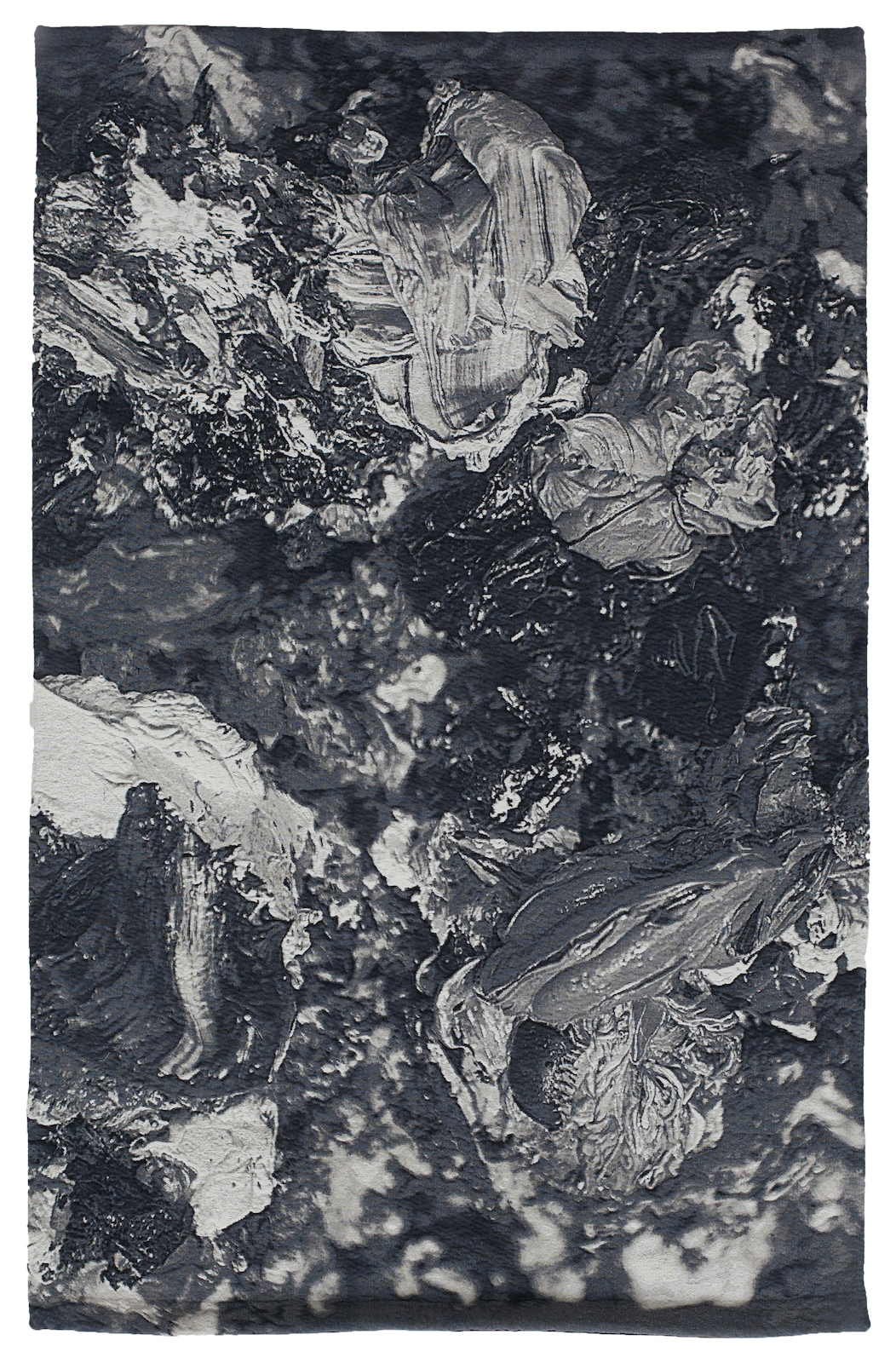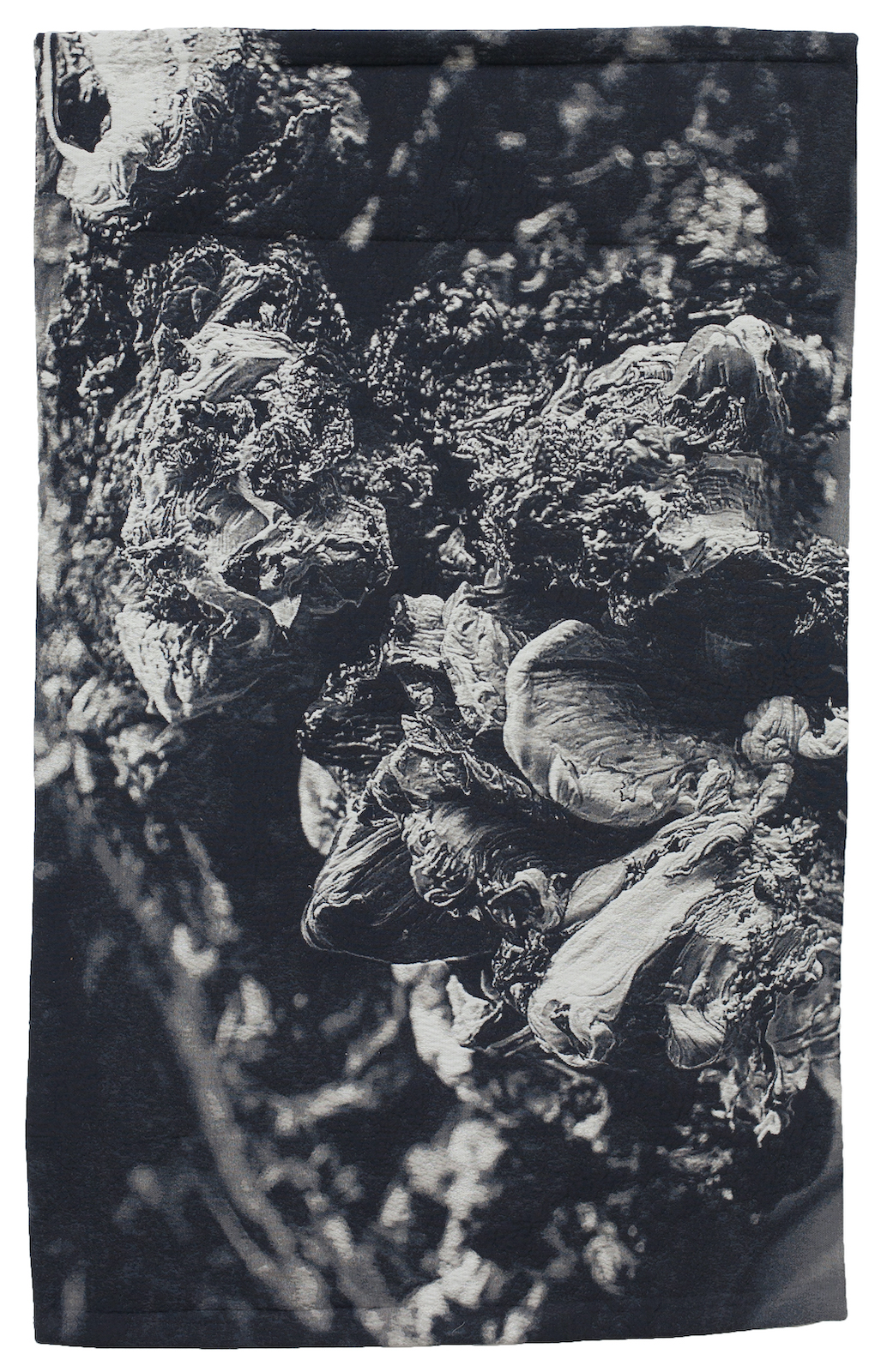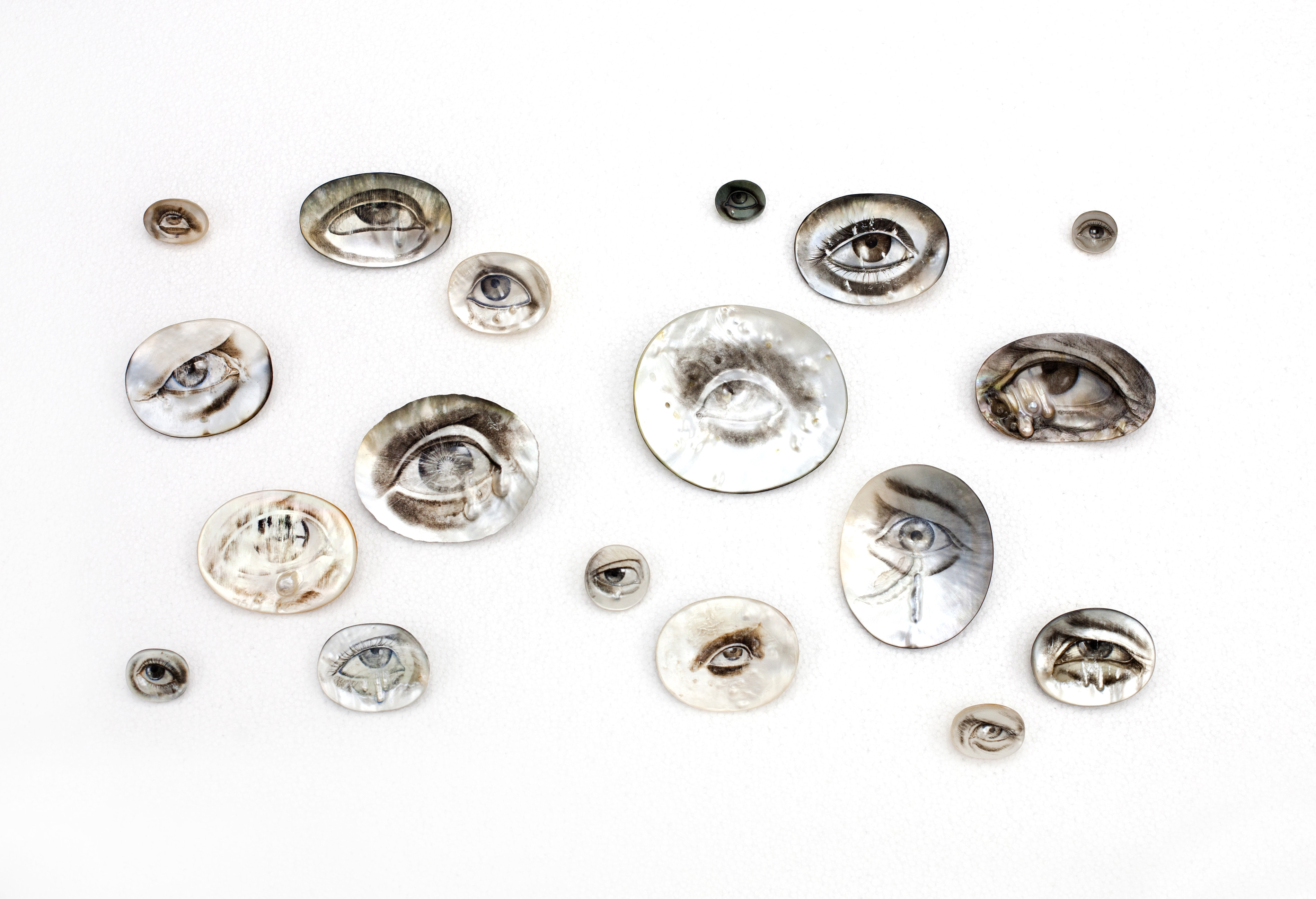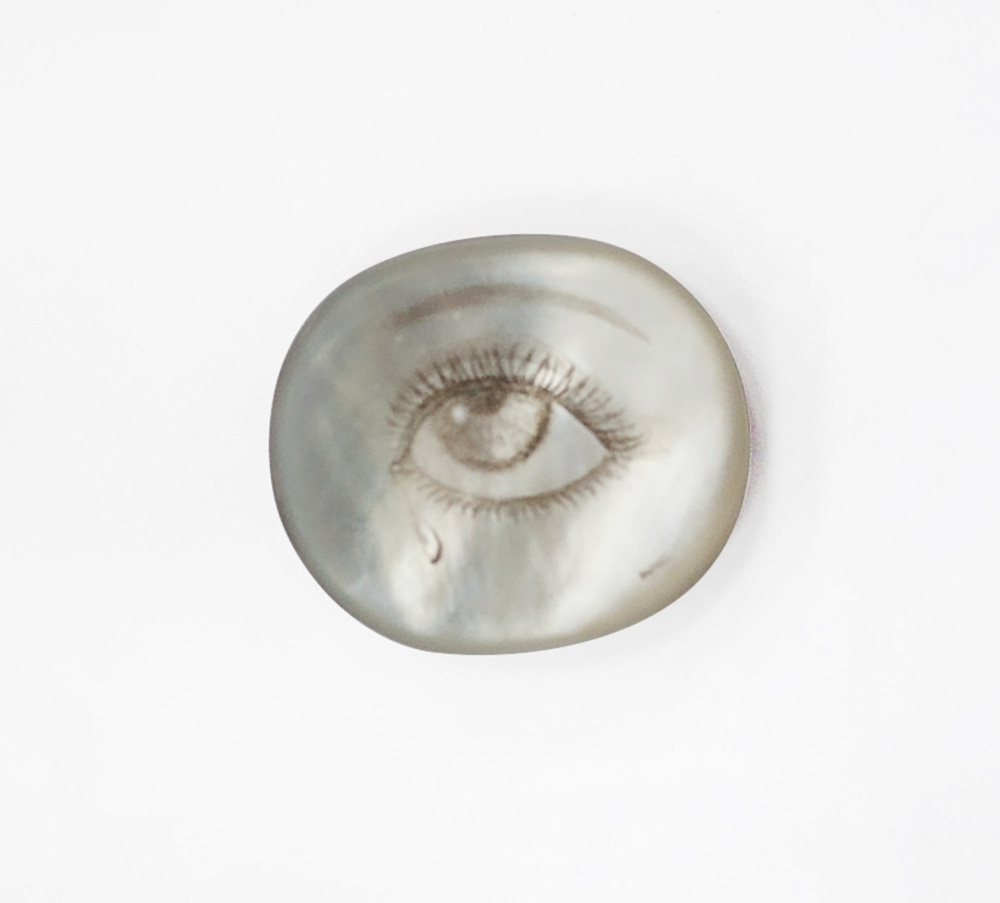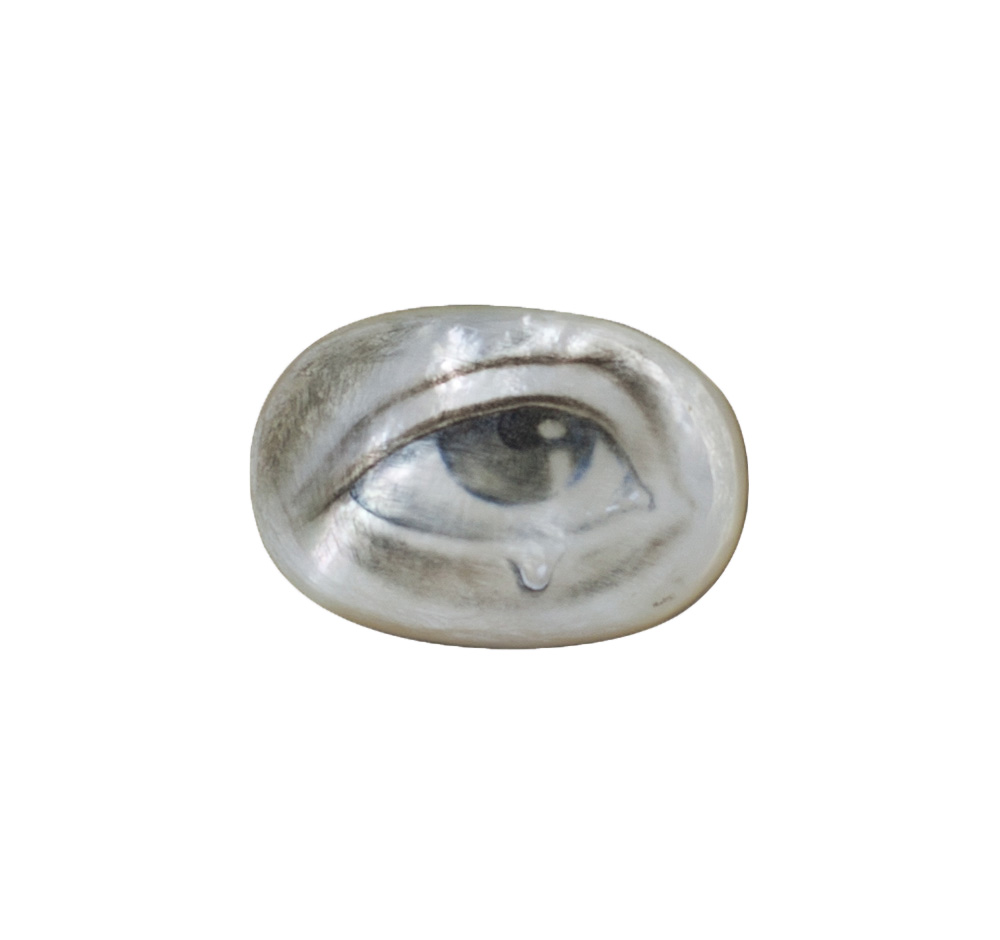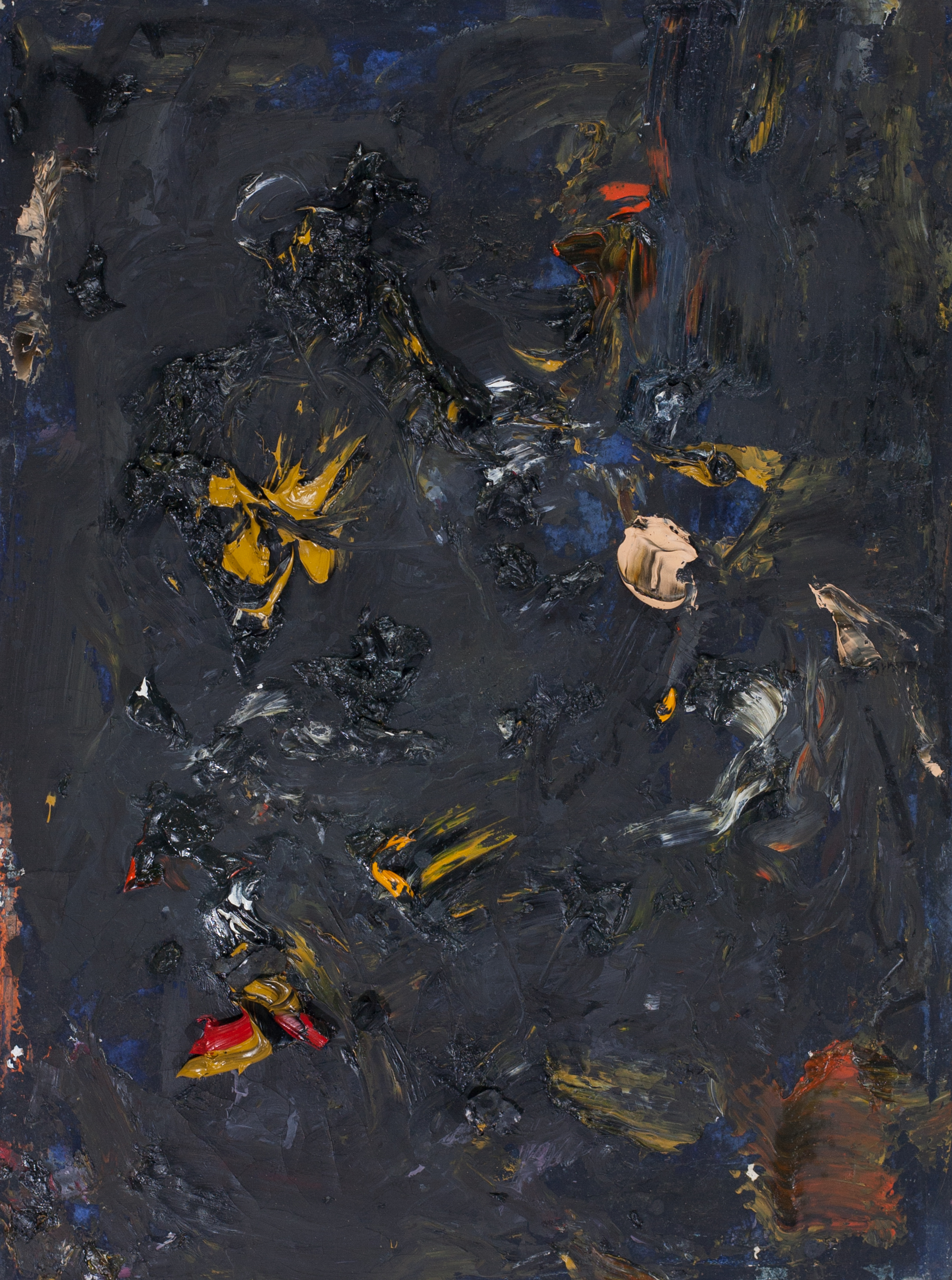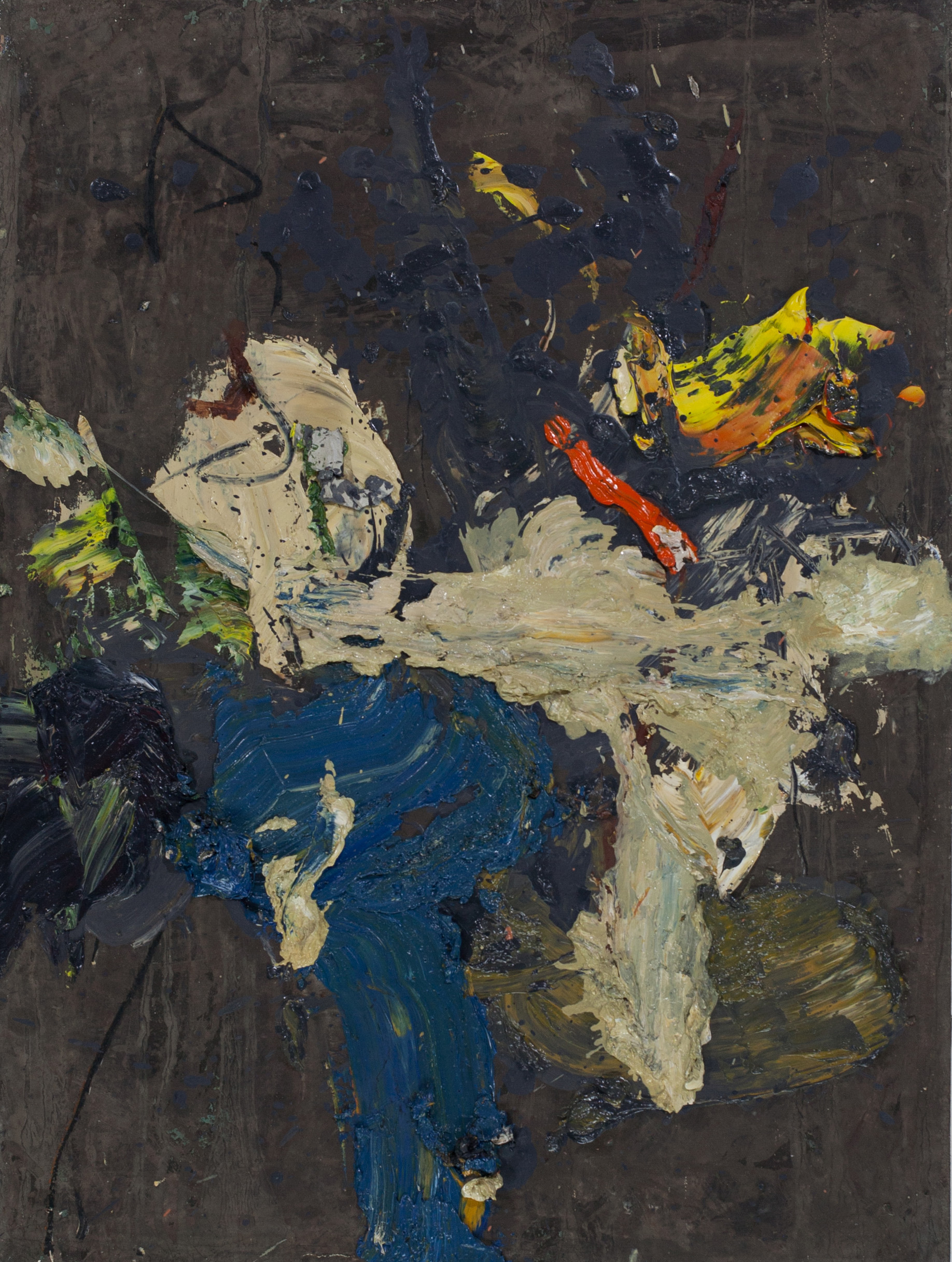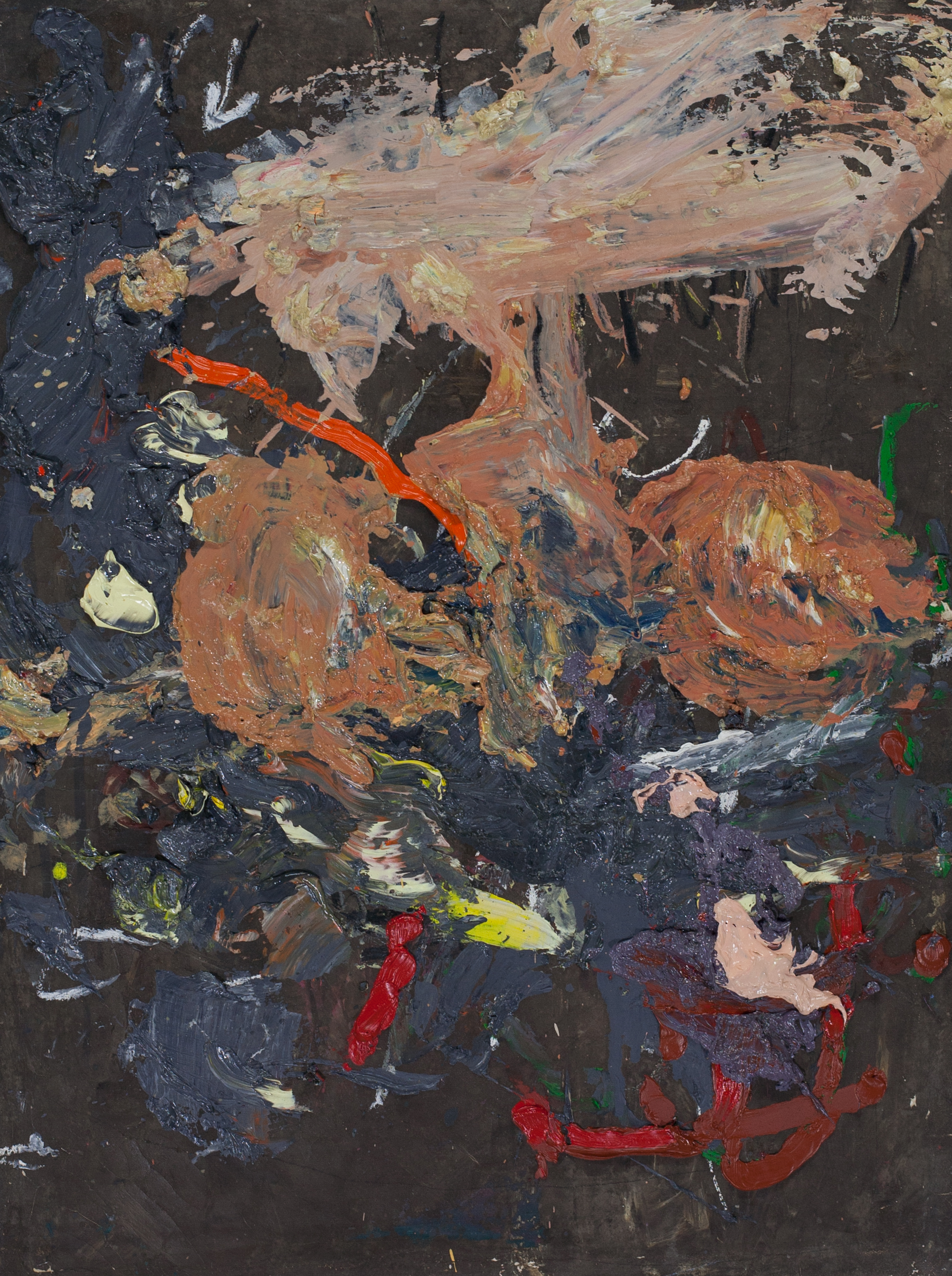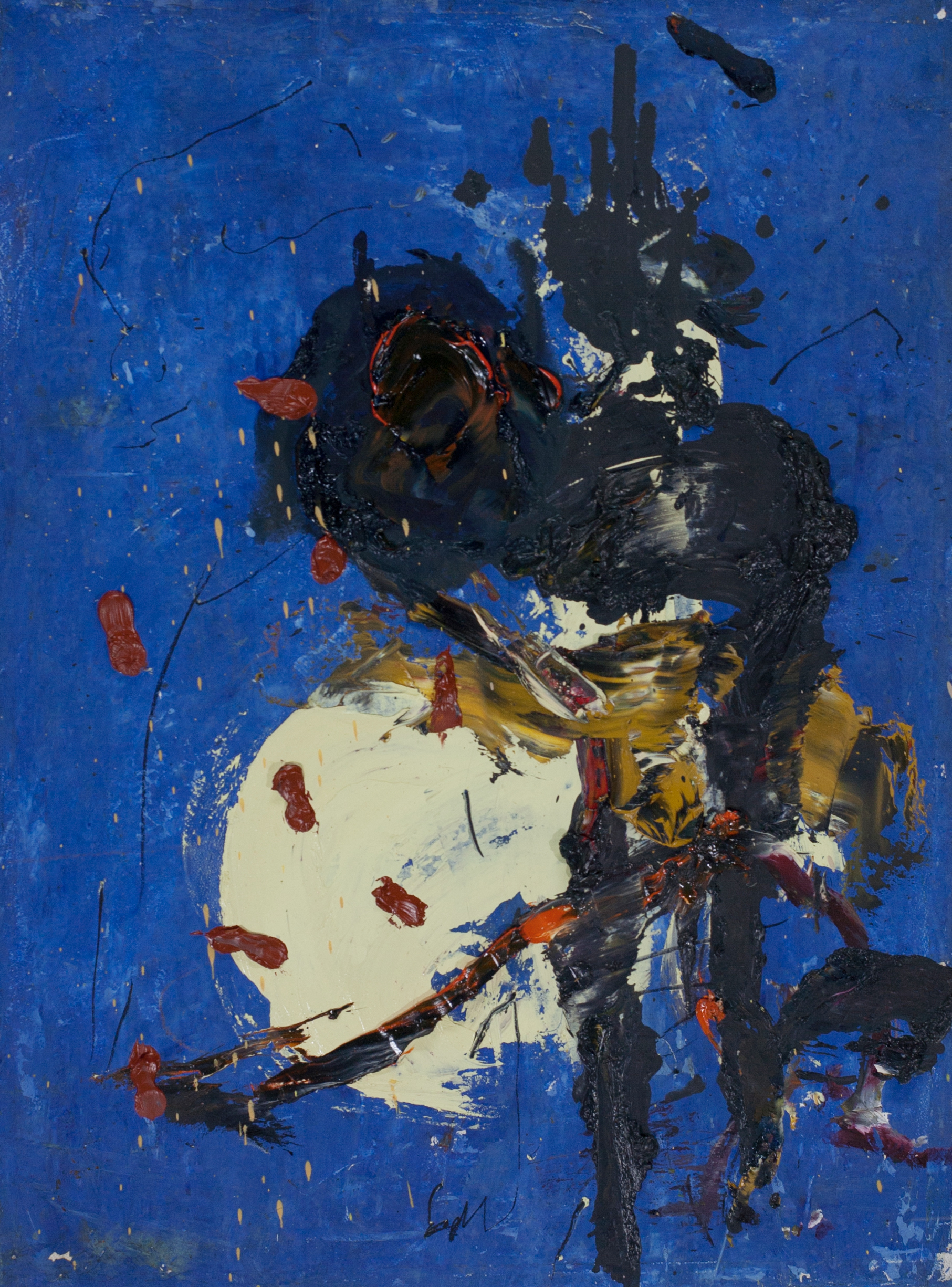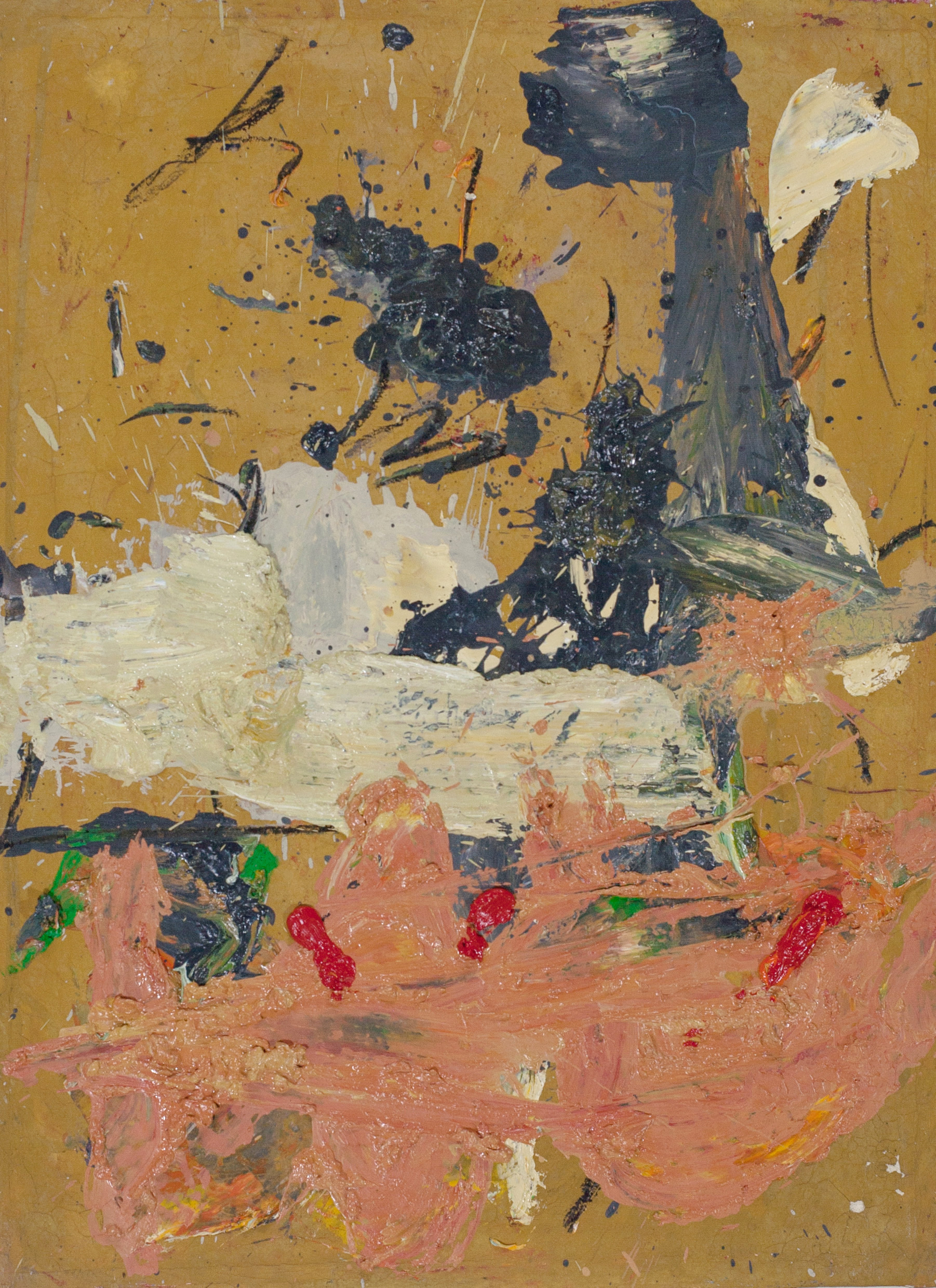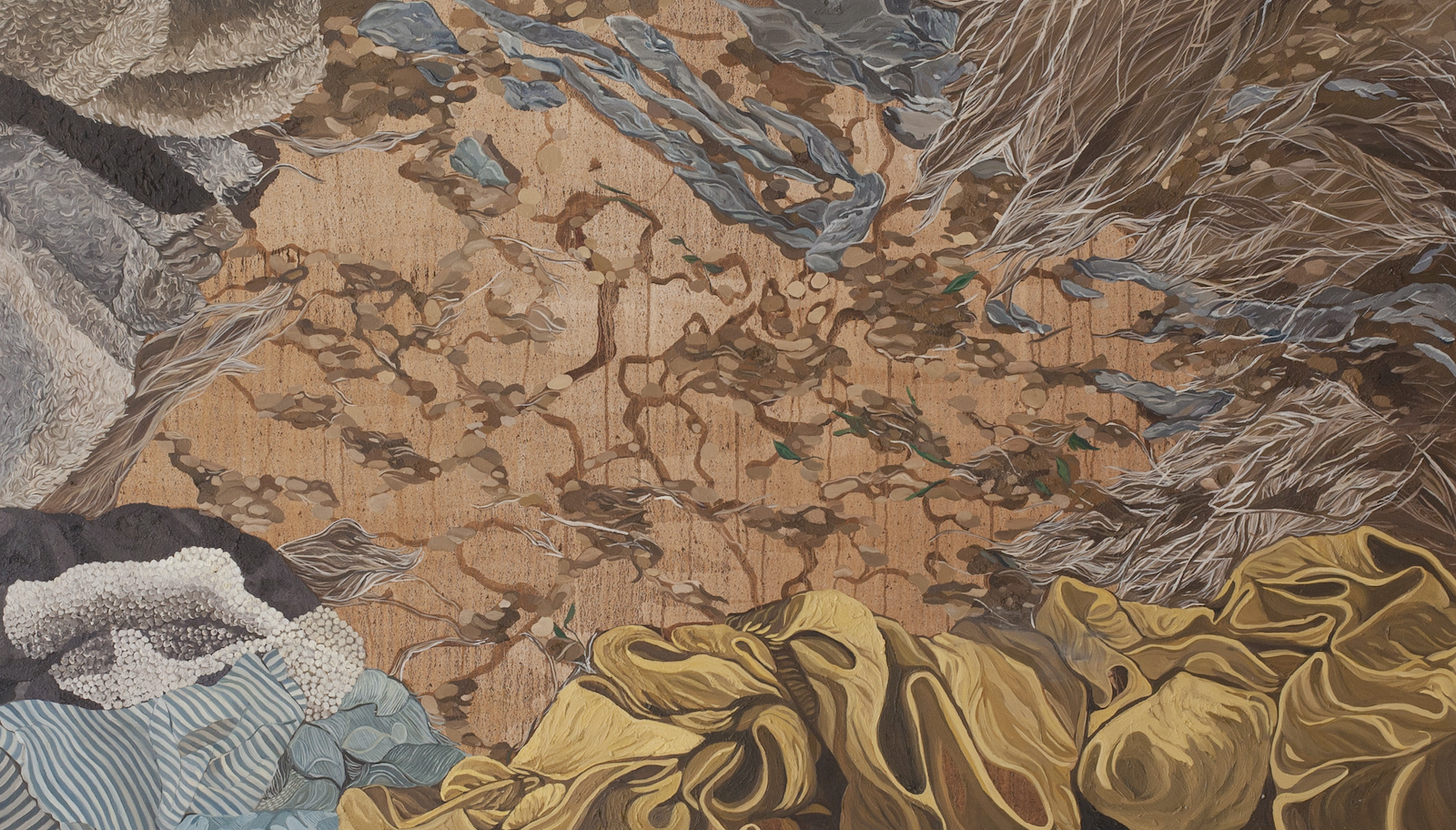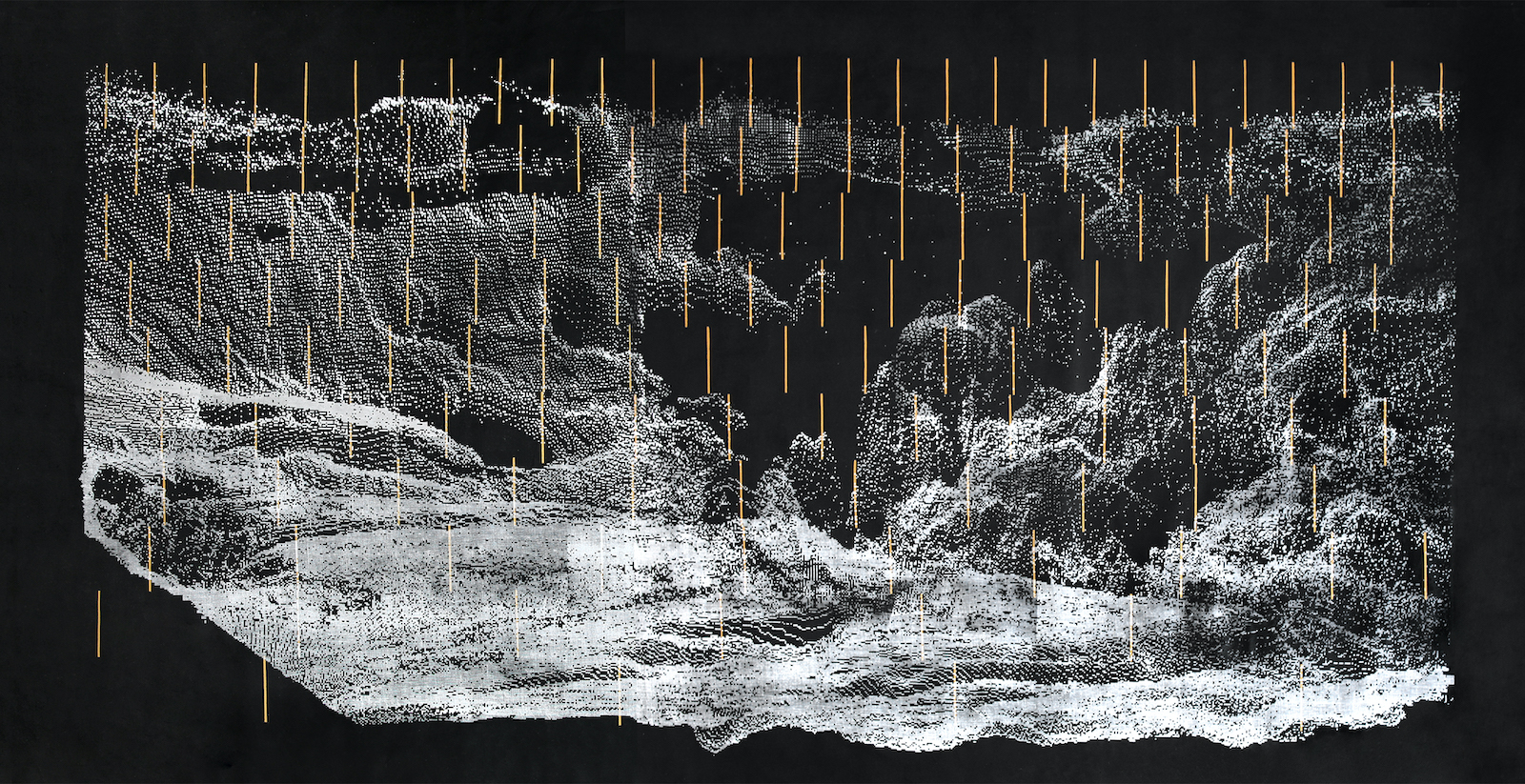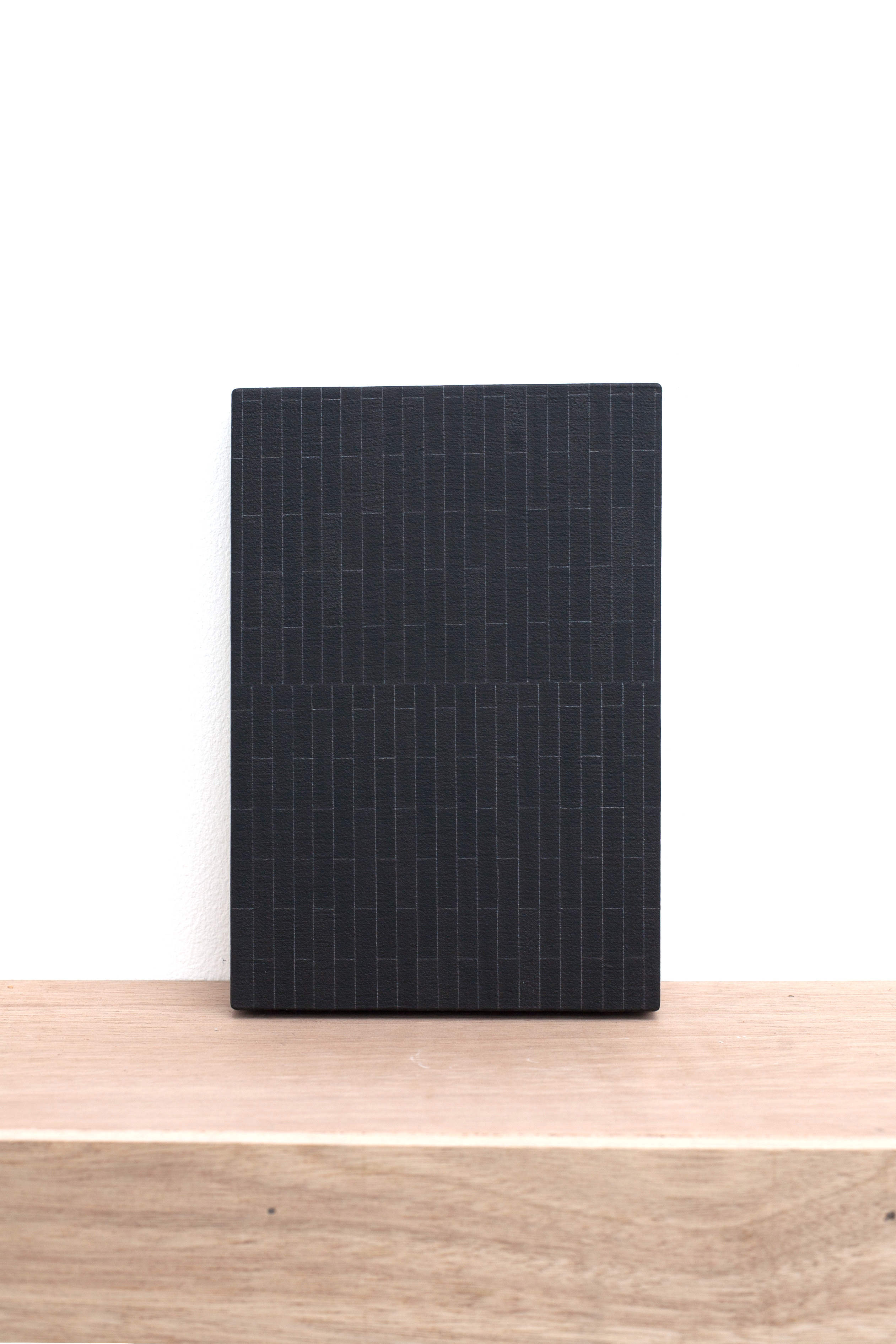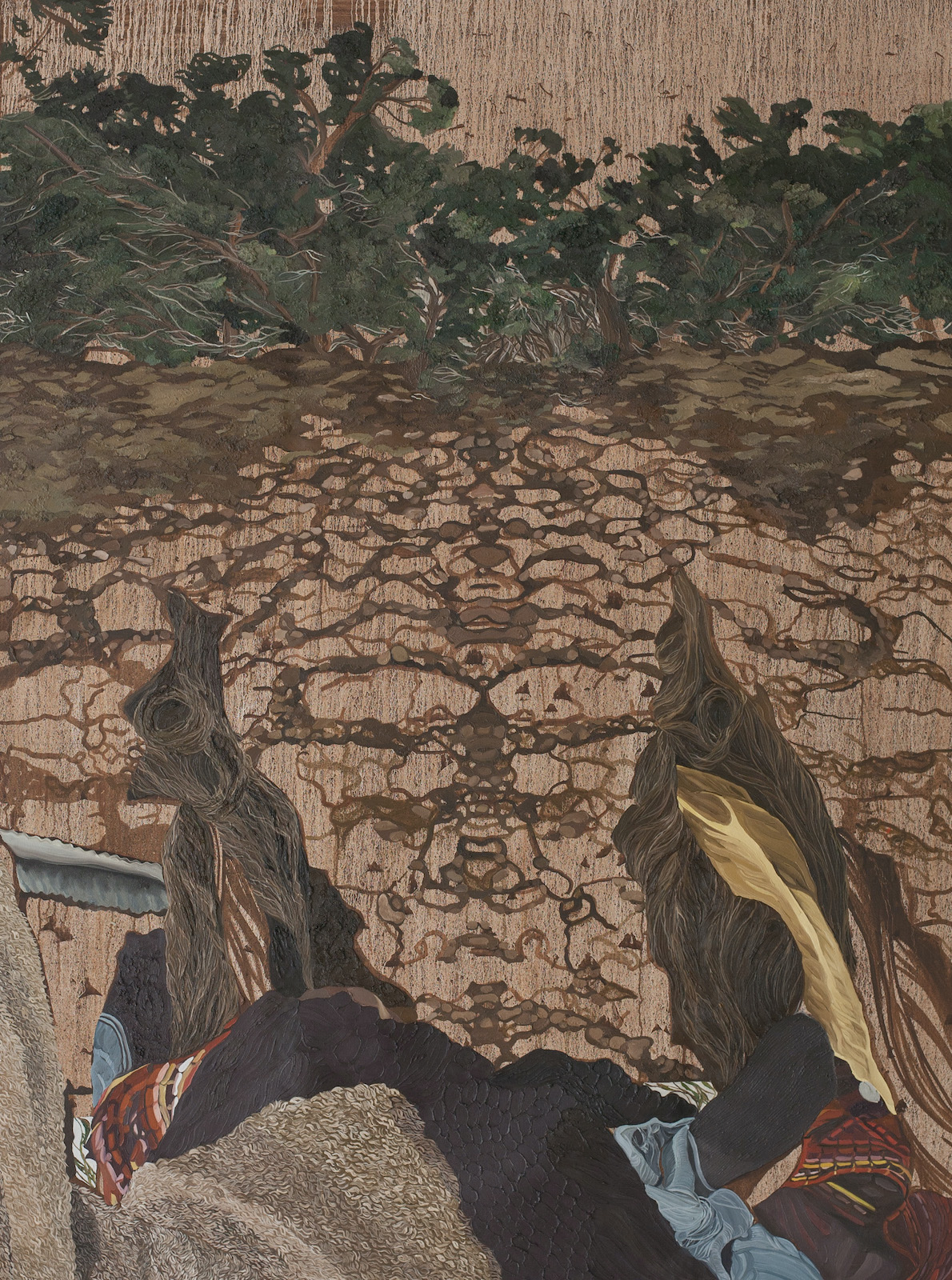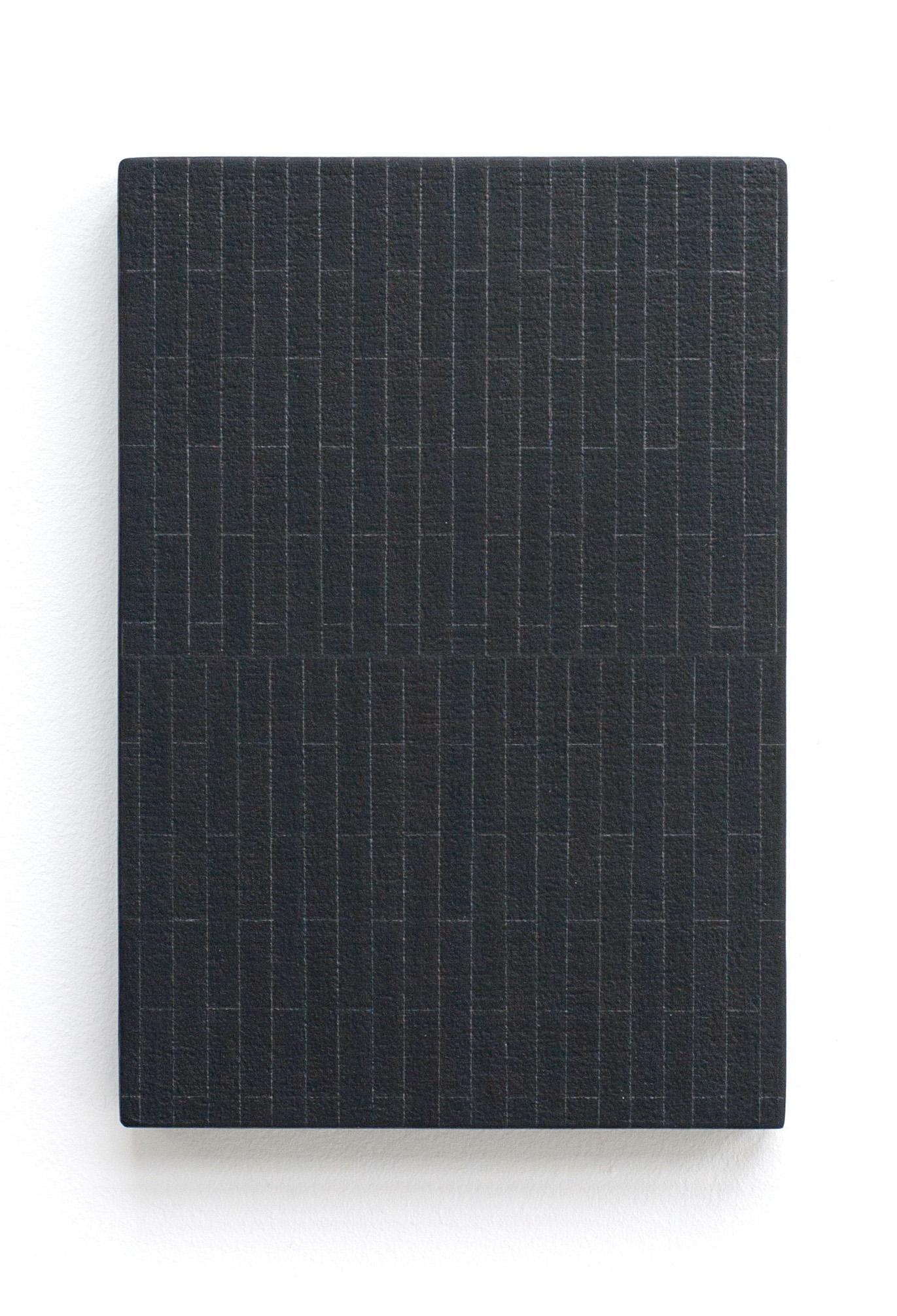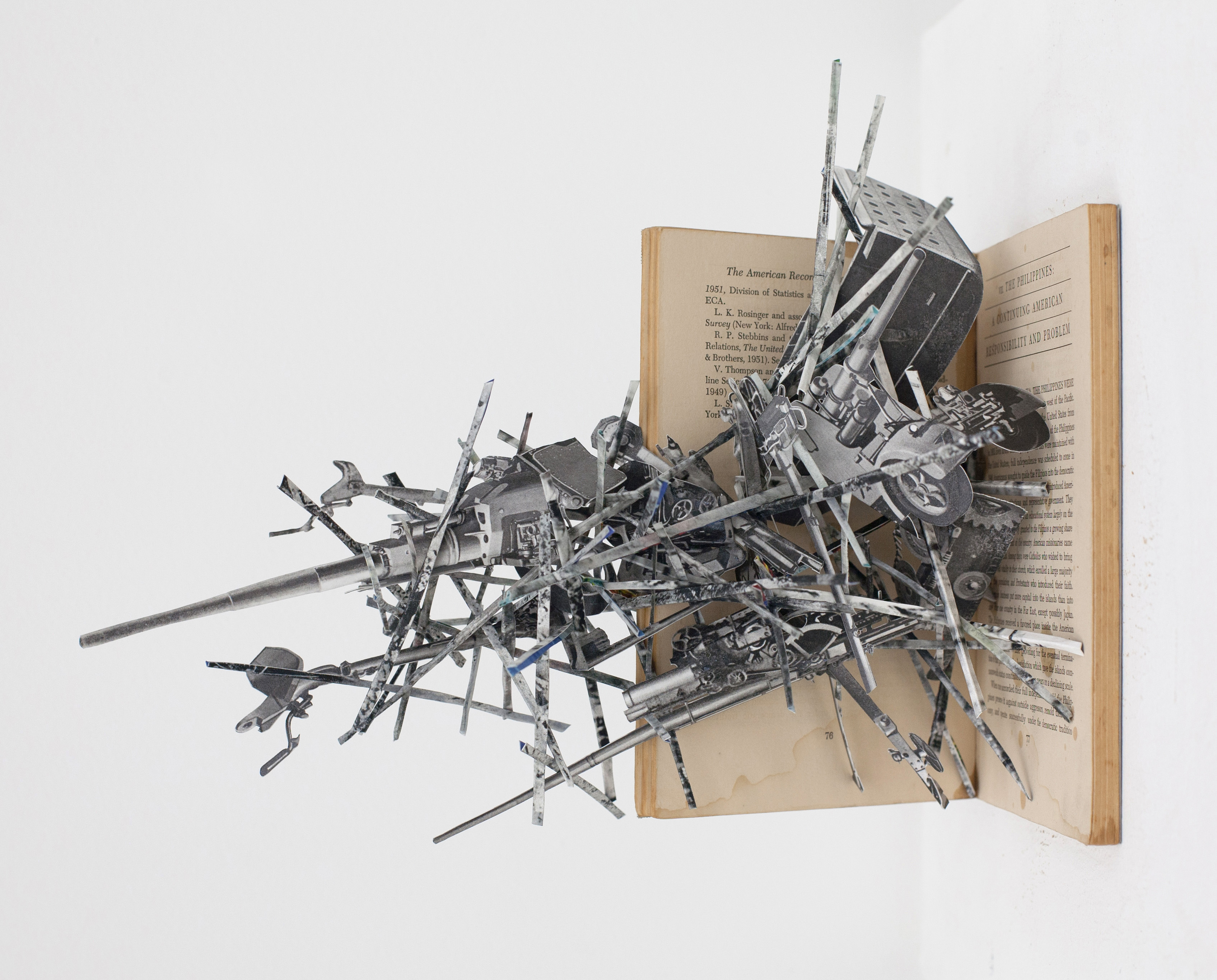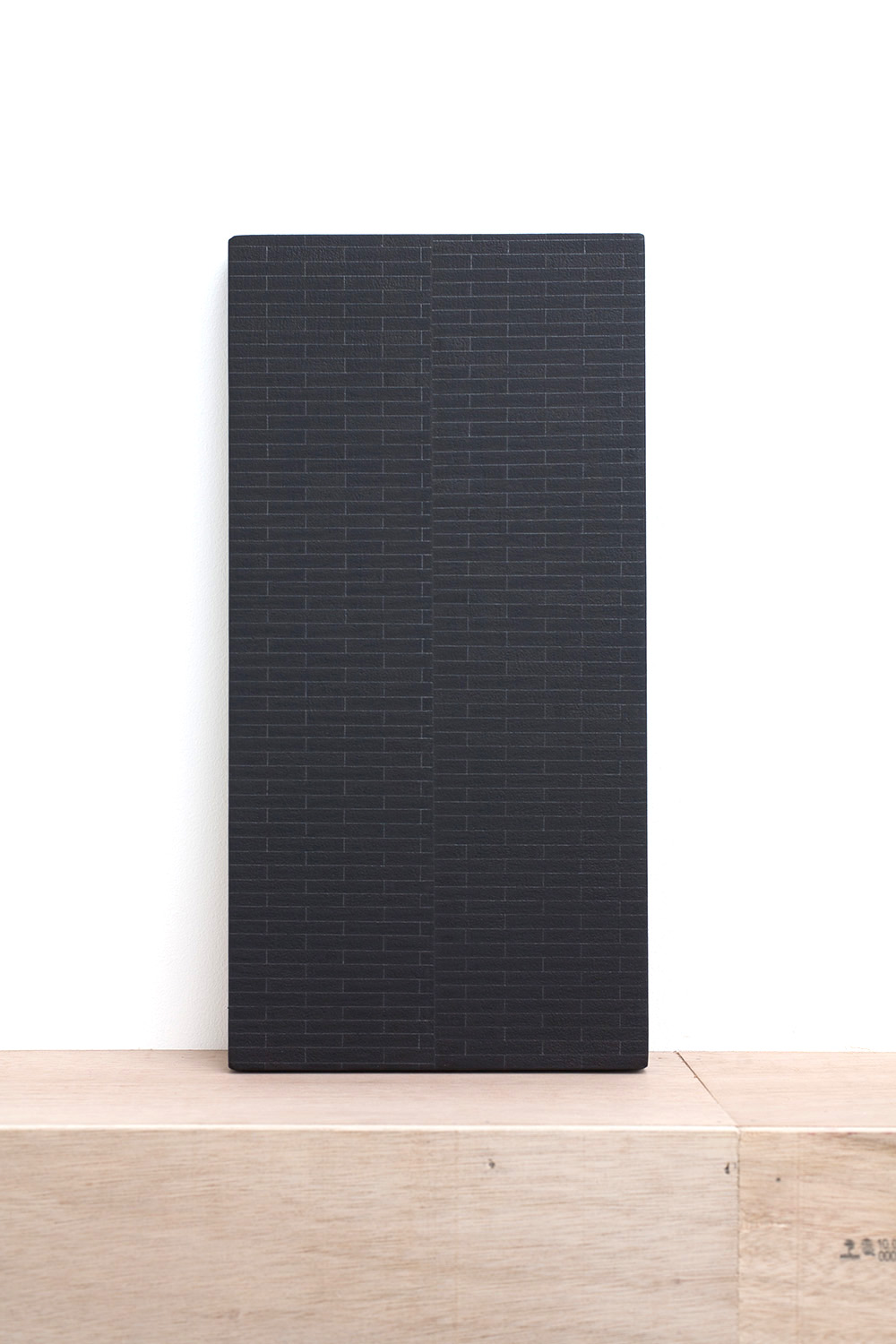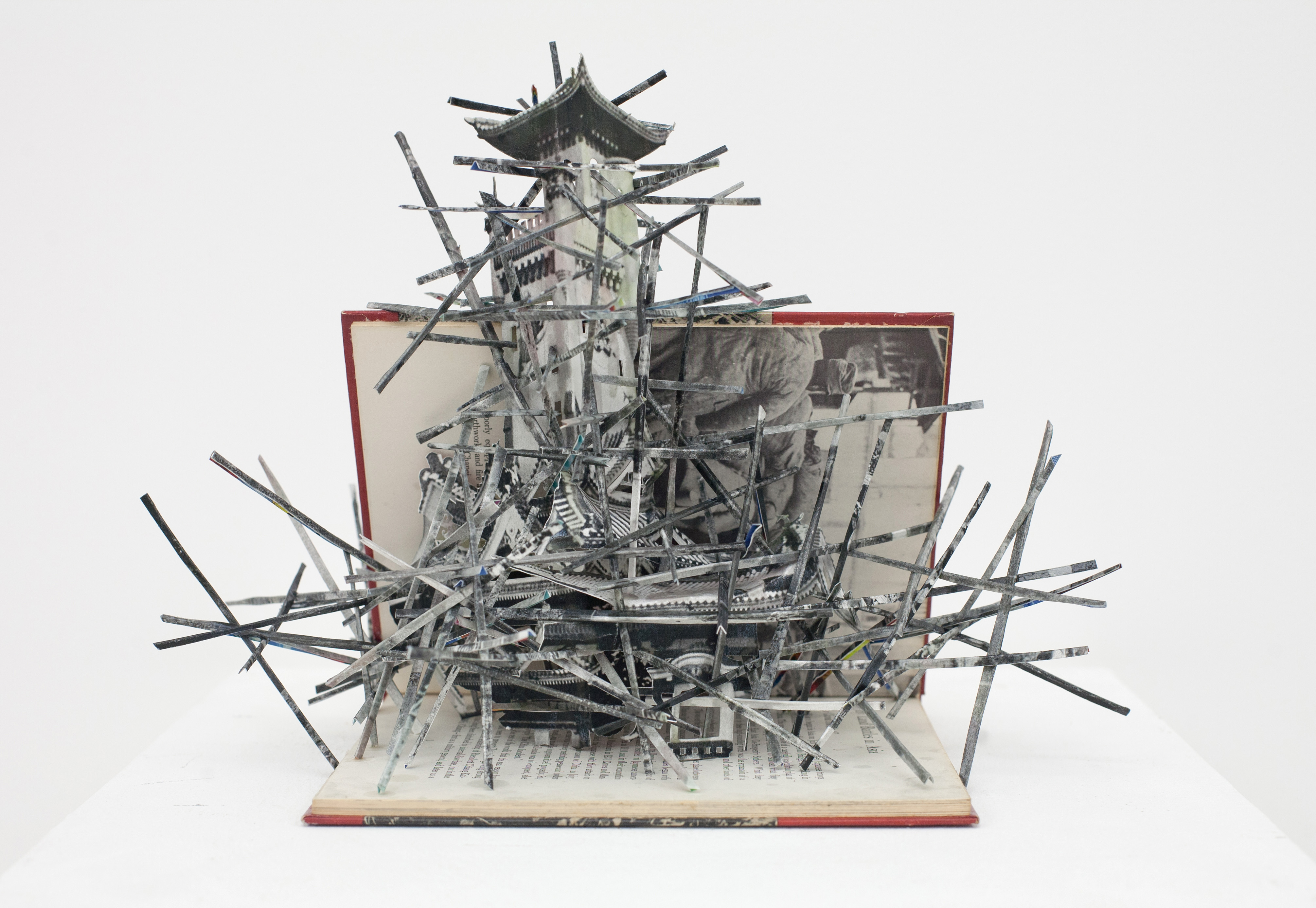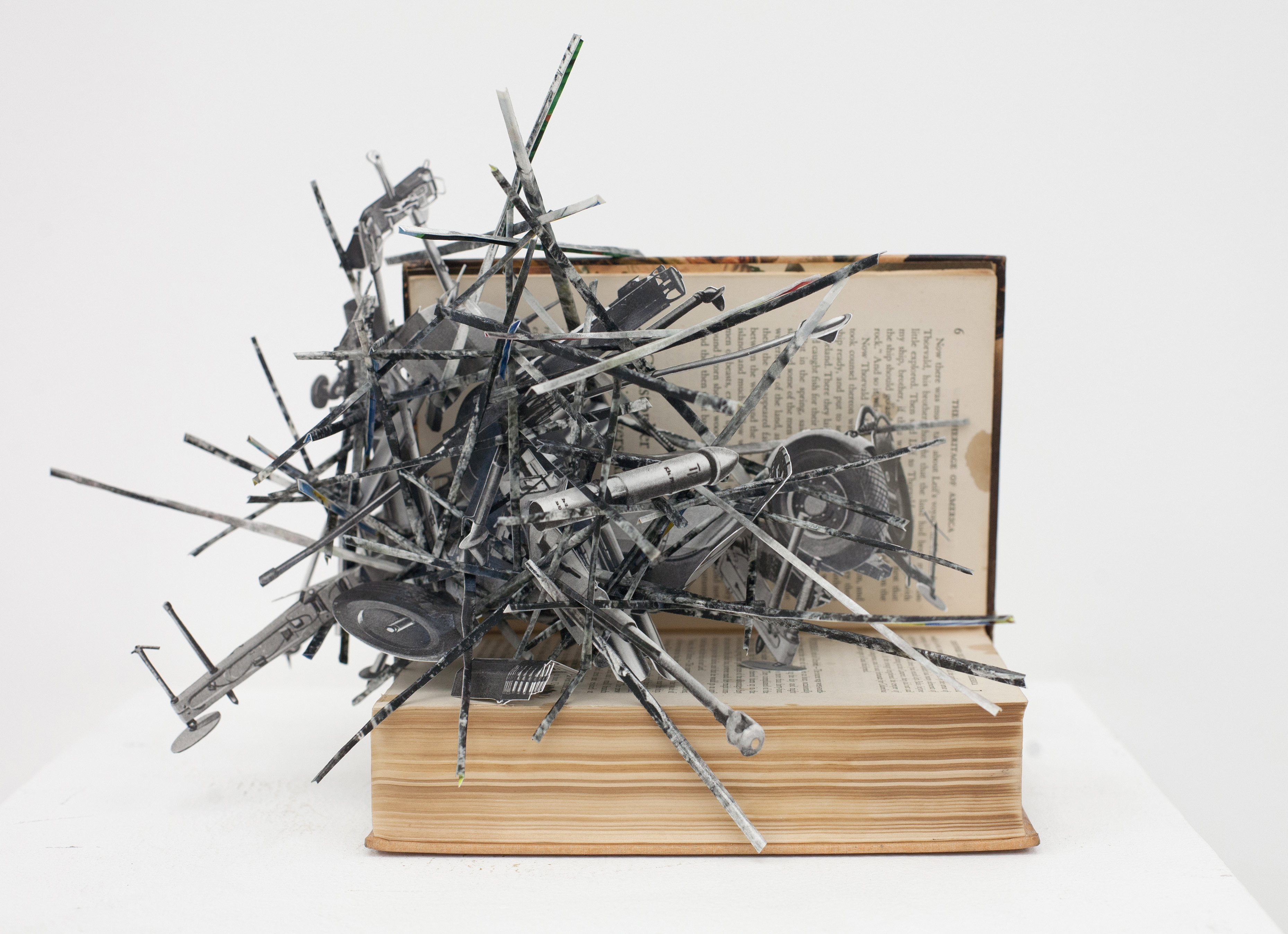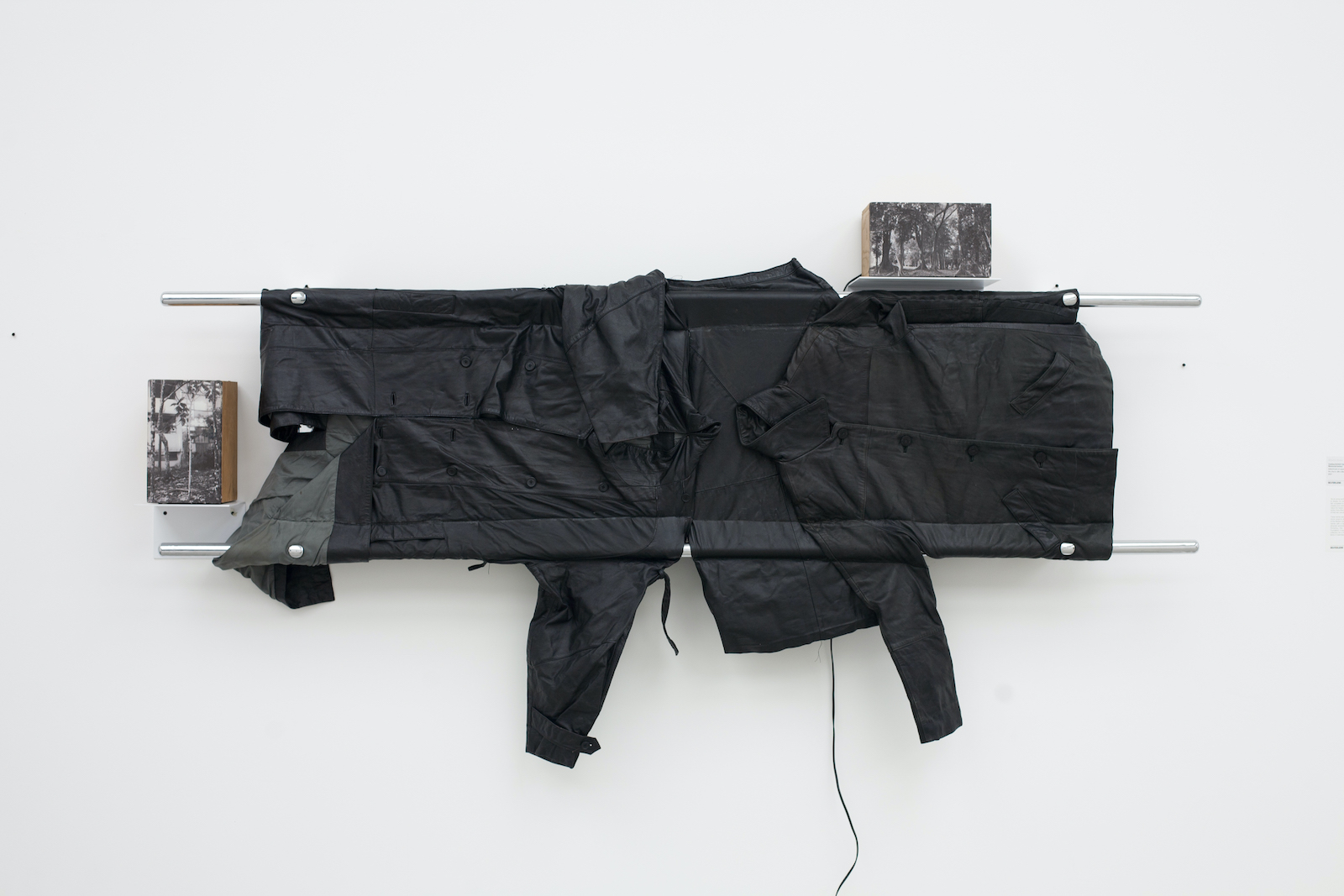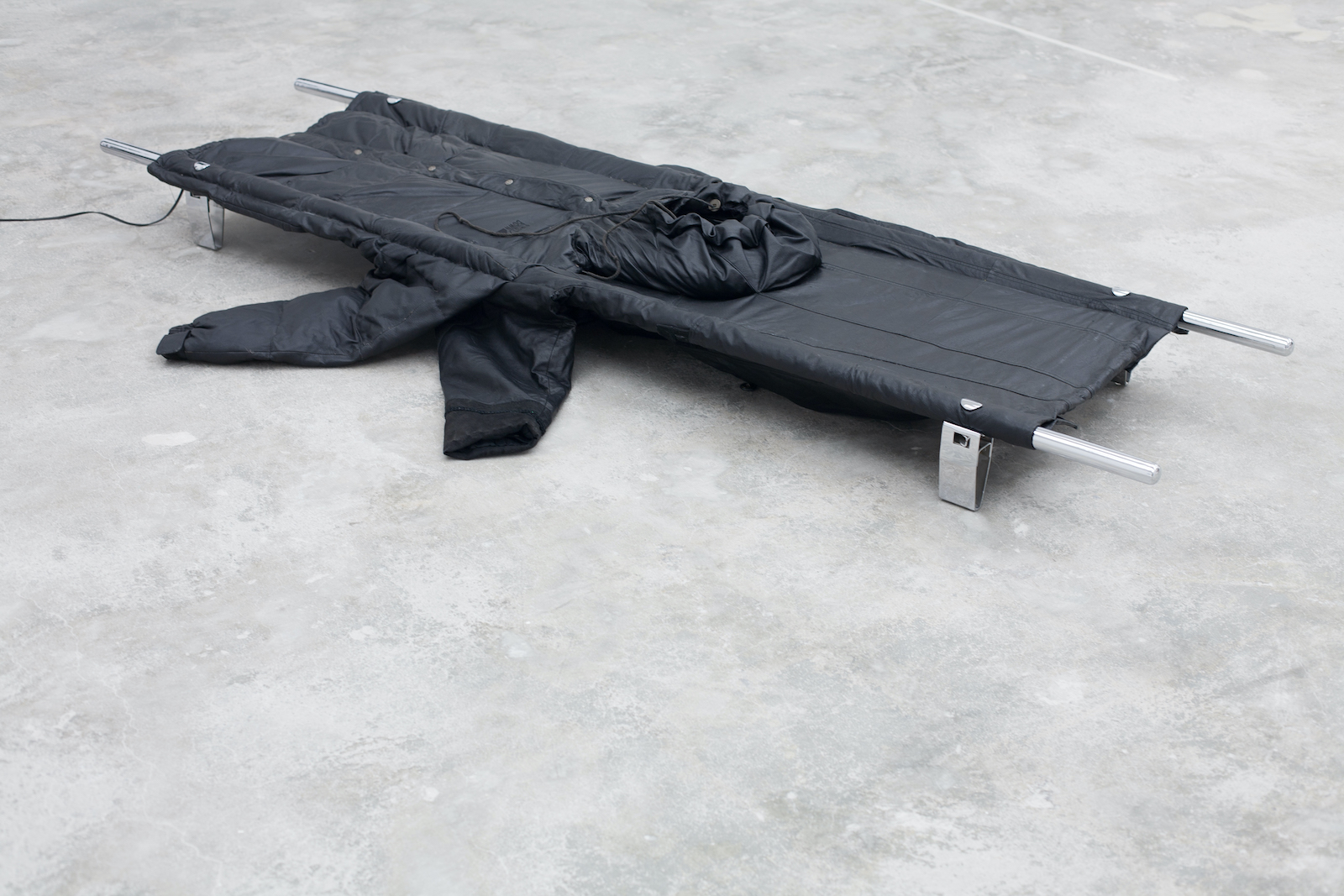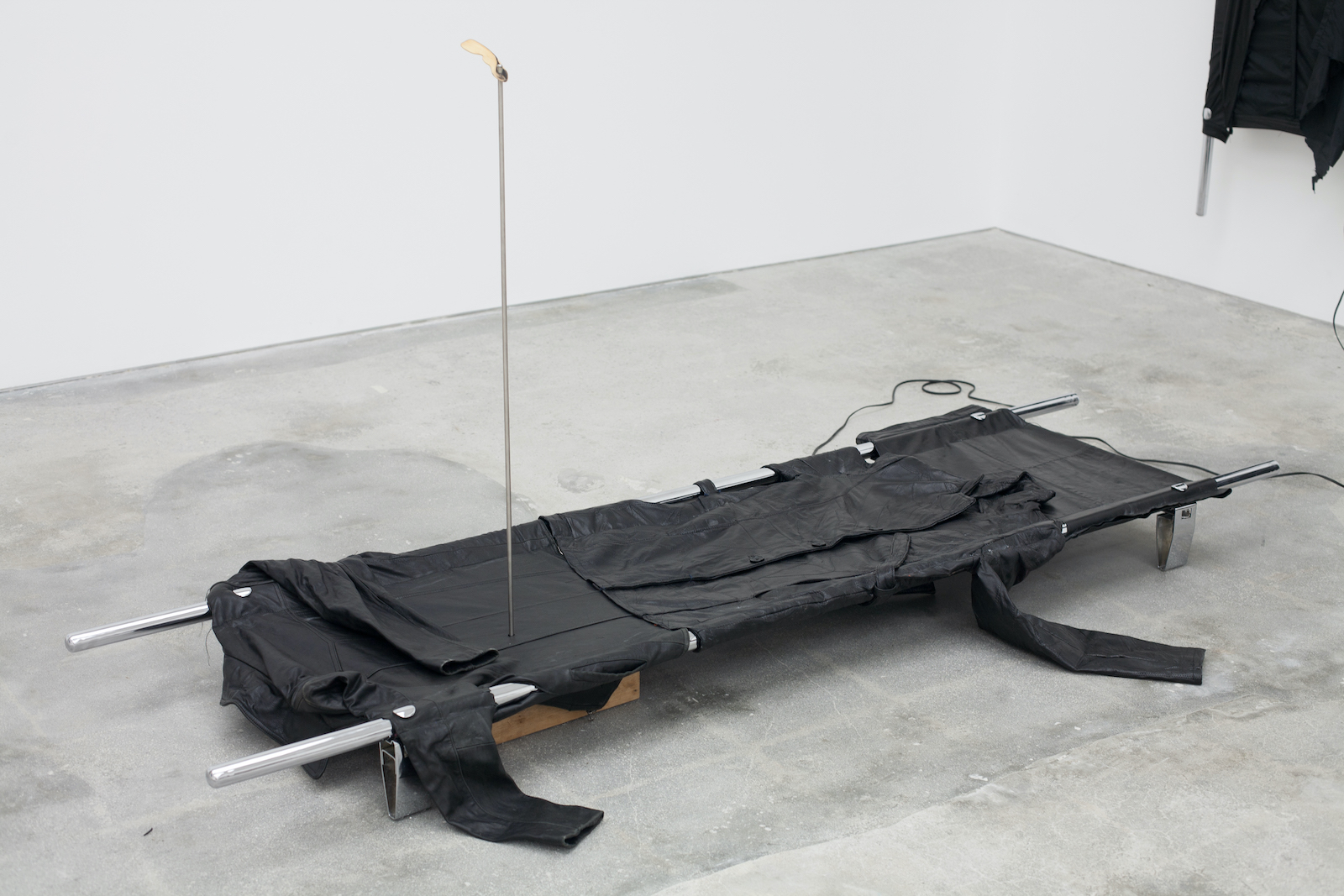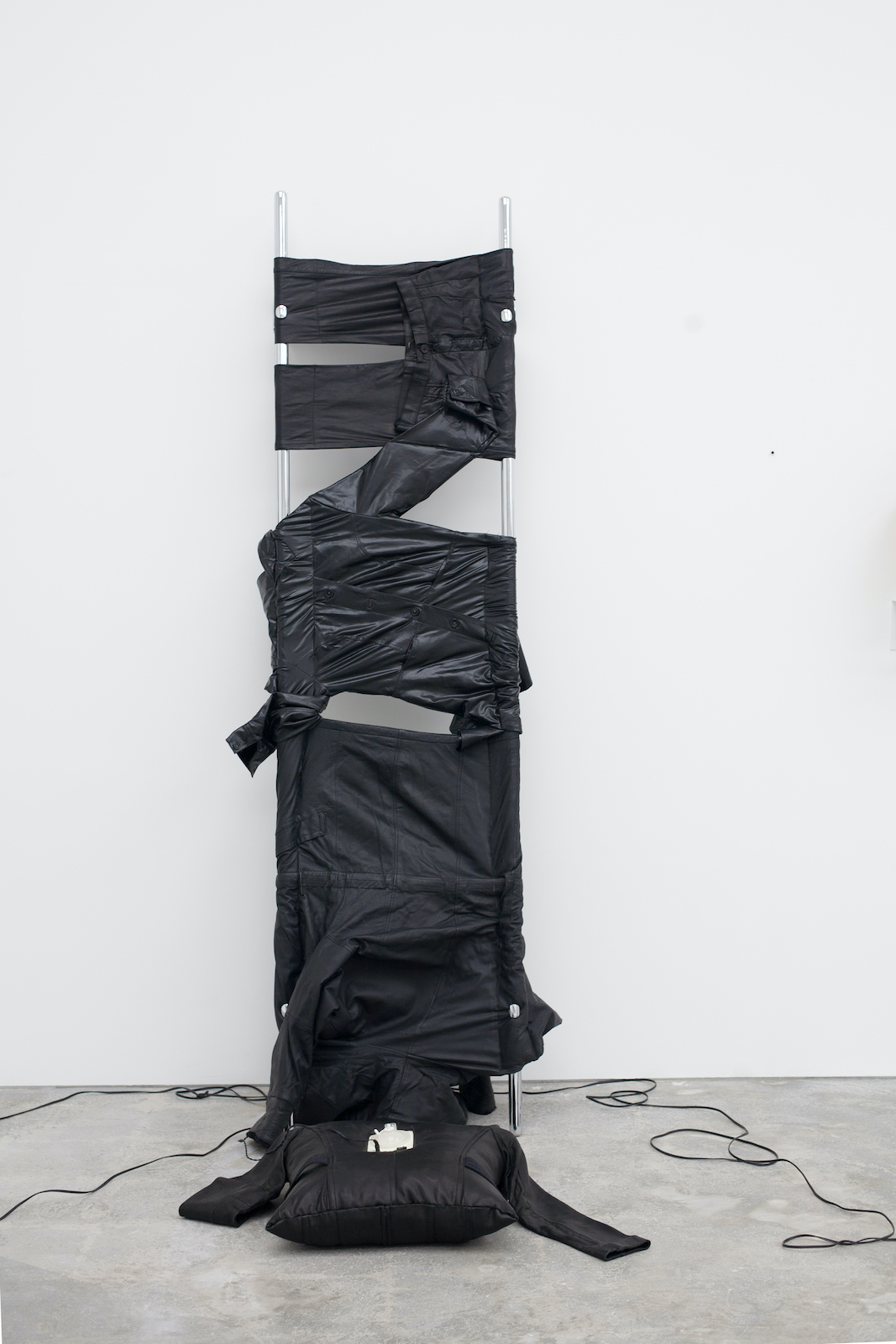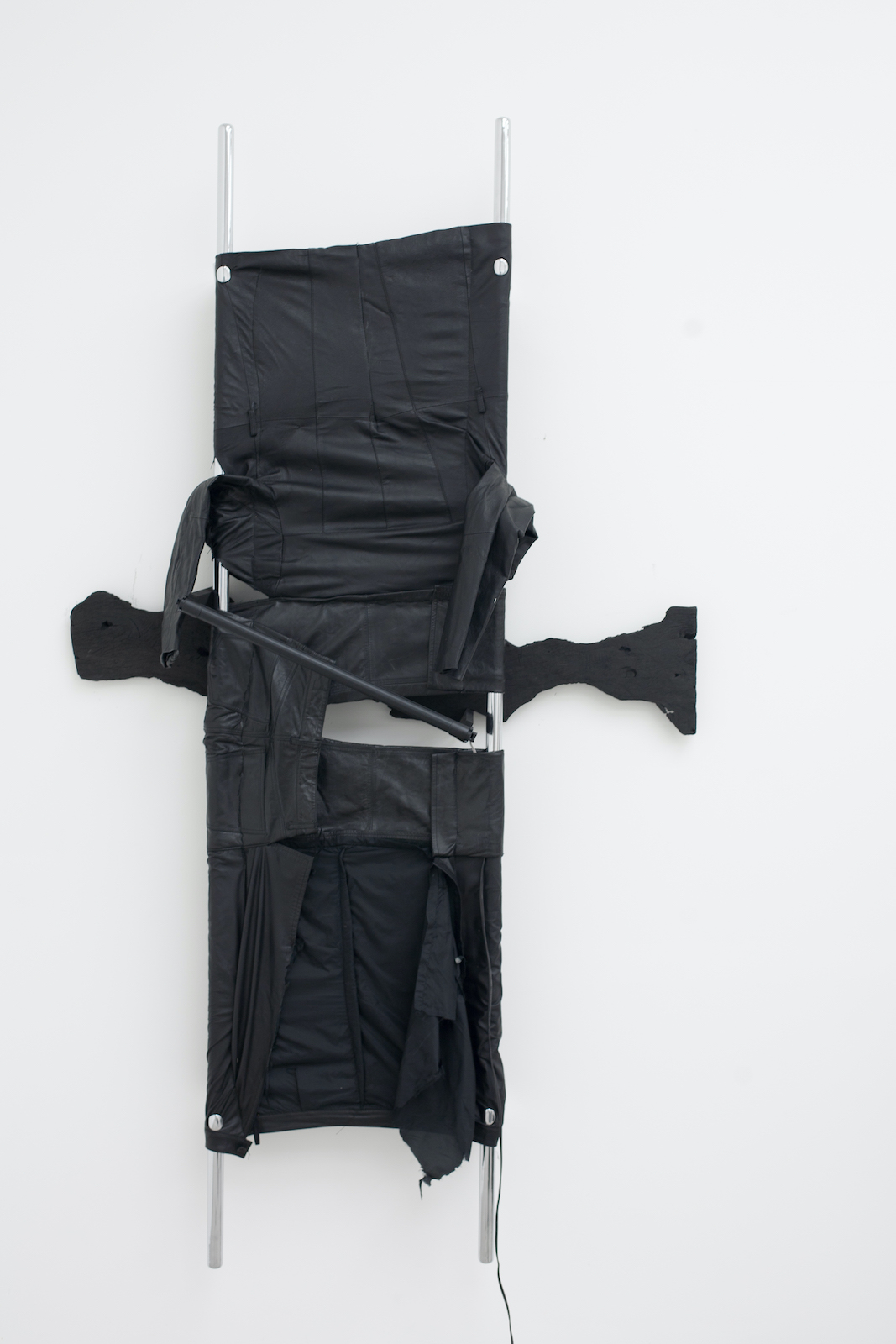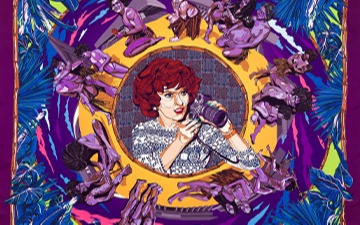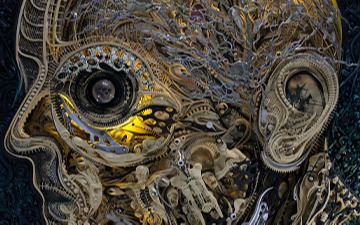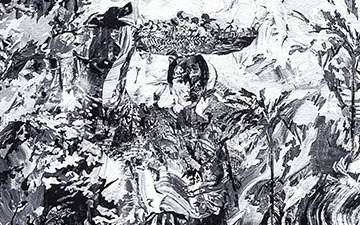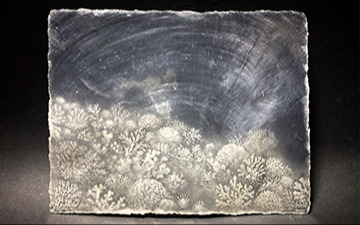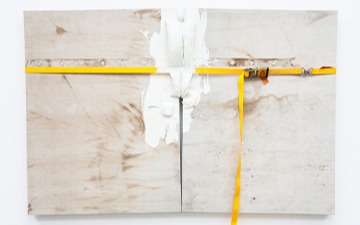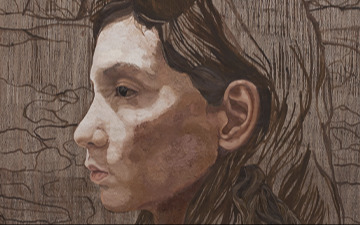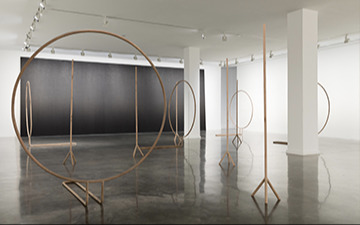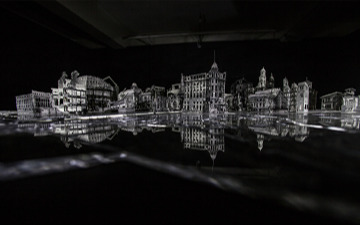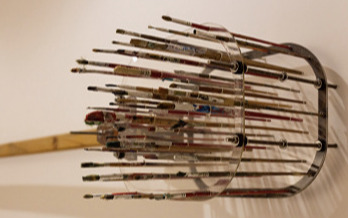
Art Basel Hong Kong
Pio Abad, Gabriel Barredo, Patricia Perez Eustaquio, Gregory Halili, Bernardo Pacquing, Hanna Pettyjohn, Ryan Villamael, Eric Zamuco, Genevieve Chua
Booth 1D07, Hong Kong Convention and Exhibition Centre
Installation Views
About
For more than a decade, SILVERLENS has groomed and supported established and upcoming artists in the region working on the image as content—assisting art practices exploring translocal identifications whilst launching and locating the artists within the vigorous international contemporary art discourse.
Started in 2004 in Manila, Silverlens has firmly positioned itself as a linchpin in the Asian art dialogue through discerning artist representation, introspective exhibition programming, gallery collaboration, and institutional partnerships across art communities.
It is our 10th year to be part of this landmark fair; joining in the first year it was Art HK, and every year since it has been Art Basel Hong Kong. Silverlens has grown with this fair, and we are pleased to be bringing a selection of ten important artists in different stages of their practice. We have asked each artist to make new work for this special occasion.
PIO ABAD
• Every Tool is a Weapon if You Hold it Right serves as Abad’s continued engagement with an object weighed down by its contemporary connotation with luxury. The artist’s conceit is the build-up of critique; layers subtly worked to produce the images and designs on the scarves. This archive of images and objects cuts across his stories and sources. Abad comes across these objects in sharp focus, finding each artifact in contexts that can be considered almost clinical. He breaks these objects down further, removing each item from its context without divorcing it from its history.
• Not a Shield, but a Weapon is a sculptural installation for Art Basel Hong Kong Encounters. It continues Abad’s interest in exploring ideas surrounding value, cultural artifacts and the political histories of the UK and Philippines. At its center is an accessory most associated with the iconography of the former British Prime Minister Margaret Thatcher - her black leather handbag. The installation presents counterfeit reproductions of Thatcher’s handbag and, in the process, attempts to explore her legacy in the unlikeliest of places. Abad’s installation, which mimics the way counterfeit luxury goods are sold on the streets of developed cities, examines the seemingly arbitrary way that objects are valued and considers the various forces that create the impoverished reproduction – from economic policies that become destructive in its attempts at cohesion, to misguided lifestyle aspirations that are shaped by colonial legacies and capitalist diktats.
PATRICIA PEREZ EUSTAQUIO
• Patricia Perez Eustaquio’s intention was to blur the image of the object: to look at it so closely that one is confronted with its surprising textures, its folds and valleys. The significance was to examine the insignificant. In such macro- views, the world becomes abstract. Things start to look the same, whether they are flesh, paint, flowers, bones. In this series of works, she has shifted the focus from the objects of still lifes to paint, the medium in which they are rendered.
GREGORY HALILI
• Gregory Halili is celebrated for his minute yet elaborate images using the finest brushes and with a magnifying lens and handheld lamp in hand. As a miniaturist, Halili’s objective is not to recreate and restore lost mementos but to seemingly satisfy a personal whim to travel back in time, to contain and preserve culture, and to set off an appreciation toward tangible legacies. Sorrow (Lady of Pearls) is a response to all negative events prevalent in last year’s world and local events. Using natural pearls as tears for these portraits, he aims to create an image that will collectively capture our time and emotions. These works were inspired by the haunting imagery of the Mater Dolorosa or Our Lady of Sorrows.
GABRIEL BARREDO
• Gabriel Barredo contains a microcosm in his sculptural installation. Fascinated by the idea of finding oneself by confronting one’s mortality, the artist assembled hundreds of found objects to depict the inner workings of the mind. Made of old toys, paper cut-outs with art historical references, devices and other materials, the artist exposes the mind’s occupations in this singular lit panel with kinetic elements.
GENEVIEVE CHUA
• Seconds Accumulating on a Hundred Years explores the idea of the stack arrangement and the concept of time. The yellow vertical lines determine the beat, in varying intervals of swing and delay. The stacking of lines takes place in the artist’s previous monumental work in The Cascade (Diptych), Oscilla (Triptych) and Helix Rain (Triptych) which observes brutalist architecture, recognised by hard edged, stable, concrete arrangements that stand uncompromised and honest to its function. Here, in a presumably machine-built environment—where decisions and influences are powered by algorithms and conflicted by groupthink—the events of present time, however infinitesimal or disruptive, steep into history too slowly to accurately portray the concept of ‘now’ as mirroring the past.
BERNARDO PACQUING
• Bernardo Pacquing has continually worked in abstraction and non-representation, exploring the physicality of surfaces and the material minutiae of urban life through painting and sculptural forms. In his Carcass Series, Pacquing’s layers of paint act as an archive for several years of his practice, as he coats each canvas with heaps of color until the work reaches its culmination.
HANNA PETTYJOHN
• Hanna Pettyjohn’s unexpected combinations of images and settings speak of her travels; things that she has brought back home from distant places as well as things she carries with her wherever she may go. As a sculptor working with clay, Pettyjohn developed a fascination with texture and a physical interpretation and expression of her ideas. The distinct qualities of each different material have been captured in as much detail in her paintings. Pettyjohn works with pure primary colors, white and raw umber, and she has said that she relished the challenge of applying the paint in different ways to express the varied textures.
MARIA TANIGUCHI
• Maria Taniguchi’s unified visual grid is based on the simplest repeating pattern in masonry. It creates a wall too thin to stand alone, but is often used in modern construction to create the ‘skin’ or ‘face’ of a building. At the same time, the surface of each individual painting visibly disintegrates into patches of irregular shapes and sizes. For her Silverlens show, Maria Taniguchi, the artist departs from the usual monolithic scale her works take on. In a smaller format, they offer a more intimate experience of the surface as subject matter. More pronounced now are the deliberate offsetting of the bricks in the work, as well as the occasional change in the brick pattern's orientation. In this sense, the nuances are more closely witnessed by the viewer, owing to the works' size. In this manner, the work feels more like an object than a painting about a surface material.
RYAN VILLAMAEL
• Ryan Villamael’s intricate papercut cartography foregrounds the sculptural, drawn out of maps, atlases and heritage photos of pre- and postwar hometown Manila. His work is an invitation to look closer, pay attention, and discover narratives, which happen to be more of open-ended stories in the intricacies of what seem to be blooming bouquets and otherworldly machinery. Villamael's attempt at telling stories—in the absence of perceived histories, propaganda, and personal feelings and biases—is a wealth of images, amalgams of ‘triumphs and decay’ framed by the spectator (and so, different with each gaze), the woven narratives as precarious in their ‘trueness’ as Villamael’s structures look.
ERIC ZAMUCO
• When used military field gurney stretchers are transformed into functionless furniture with leather and chrome, they instantly achieve a modernist aesthetic. The intention was a momentary shift in context from war associations, death and the wounded to the sleek, the minimal and the comfortable. But the black leather that wrap the gurneys are actual jackets, pants and skirts, and their indexicality to the body is inescapable. The suggestion of the lifeless may be a metaphorical wish for a detachment or plain callousness to an all too familiar place and a time of rampant violence and impunity. As a counter weight, assembled within each stretcher is an object, an image, a sound from a memory, a light, that suggests a movement, a breath, a pulse, a truth or a sign of life.
Eric Zamuco (b. 1976, Philippines) mines the autobiographical informed by dislocation—having relocated from Manila to America in 2005, and back to Manila in 2012. He deconstructs the metanarrative of the postcolonial through an inventory of the ordinary—from used objects, photographs, video installations (Another Other, Ateneo Art Gallery, 2015) to assemblages of found materials (Visible Currents, Silverlens Gallery, 2016) to conjure symbolisms of alienation and bigotry and bare a persistence of oppressive histories and living conditions that define the migrant experience.
Ryan Villamael’s (b.1987, Philippines) intricate papercut cartography features the sculptural, drawn out of maps and atlases (Isles, Silverlens Gallery, 2014; Secret Archipelago, Palais de Tokyo, 2015; Singapore Biennale 2016); heritage photos of pre- and post-war hometown Manila (Behold a City, Silverlens Gallery, 2015); et al. His mapping as inquiry on self-identification is synonymous to mutilation—and his act of locating, an ironic creation of uncharted territories—pointing to memory and attachment as ongoing negotiations in an era redefined by shifting centers.
Patricia Perez Eustaquio’s (b.1977, Philippines) background in fashion and design translates as an artisanal concentration in her works that investigate notions of stylization (The Future That Was, Jorge Vargas Museum, 2013). Her self-reflexive preoccupation on conceptions of the decorative channel attention to materiality (e.g. fiber of textile, metal components) and modality (e.g. graphite drawings on irregularly-shaped panels) (That Mountain is Coming, Palais de Tokyo, 2016), creating and scrutinizing super/structure from cultural texture.
Maria Taniguchi’s (b.1981, Philippines) brick paintings—first presented in the Philippines (Echo Studies, Jorge Vargas Museum, 2011)—won the 2015 Hugo Boss Asia Art Award for Emerging Asian Artists. Each comprised of uniform grids painted one at a time, the paintings stress on the performative, calling attention to the temporal and labor intensity of art process. With more than 60 to date and all part of a single on-going series, Untitled, (2008 - ) Taniguchi’s brick paintings make up an impressive body of rigorous study on the machinations of art production.
Hanna Pettyjohn’s (b.1983, Philippines) series of exhibitions lists a sparse catalog of warmth—portraits of self and kin (Witherland, Mind Set Art Center, Taipei, 2013; Bundle, Silverlens Gallery Singapore, 2013; The Glass Between Us, Silverlens Gallery, 2013) landscapes of clothing’s/belongings (A Web of When and Where, Mind Set Art Center, Taipei, 2015; By Land or by Air, Silverlens Gallery, 2015) and the earth and space in between (Few and Far in Between, Silverlens Gallery, 2011). Pettyjohn’s installations piece together a haunting autoethnographic account of a lived experience as Filipino-American. Bestowed with the detached dignity of artifacts, these fragments plot reluctance in claims of belonging to her imagined community/ies.
Genevieve Chua’s (b.1984, Singapore) acrylic prints Edge Series, part of her debut show in the Philippines, (Rehearsals for the Wilful, Silverlens Gallery, 2016), follows a series of exhibitions in Singapore exploring feral natural history (Ultrasound, 2012; After the Flood, 2010; Cicadas, Cicadas, 2014; Moth, 2014)—through rhythmic aseptic forms. Harnessing wilderness through utmost restraint in her latest works, she reveals the anthropocentric as only a negative—a distillation formed out of fear, a reduction converging with a technocentrism integral to the nation-building schemata of Singapore where Chua is based.
Gregory Halili (b. 1975, lives and works in Manila) carves and paints mother-of-pearl shells creating memento moris. Halili received his BFA from the Unviersity of the Arts in Philadelphia. His art focuses on minitures that explore an interest in the notion and idea of memory, life, death and cycle. His work has been shown in The Hammond Museum and Sculpture Garden in Salem, New York; The Butler Institute of American Art in Youngstown, Ohio; Nancy Hoffman Gallery in New York City, and most recently, the Singapore Art Museum for the Singapore Biennale 2016.
Bernardo Pacquing (b. 1967, Tarlac) has continually worked in abstraction and non-representation, exploring the physicality of surfaces and the material minutiae of urban life through painting and sculptural forms. He was the recipient of the Cultural Center of the Philippines Thirteen Artists Award in 2000. He was also the recipient of the Freeman Fellowship Grant for a residency at the Vermont Studio Center in the United States.
Gabriel Barredo’s (b. 1957) work is meant to create entire opuses. He builds them through months of bricolage, sketching, painting, elevating his sculptures to nearly theatrical lengths, immersive of the viewer, featuring numerous pieces both large and small, some of them simple drawings, others motorized, along with object-led side narratives -- with all of it accompanied by sound and light.* He pioneered kinetic sculpture in the Philippines and his work is included in many important collections.
Pio Abad (b. 1983, Manila; lives and works in London) began his art studies at the University of the Philippines before receiving a BA from Glasgow School of Art and an MA from the Royal Academy Schools, London. He has exhibited at Gasworks, London; Zabludowicz Collection, London; Whitechapel Gallery, London; Mackintosh Museum, Glasgow; e-flux, New York City; Asia Art Archive, Hong Kong; the Jorge B. Vargas Museum and Filipiniana Research Center; and the Museum of Contemporary Art and Design (MCAD) Manila. Pio Abad’s practice is concerned with the social and political signification of things. His work, in a range of media including textiles, drawing, installation and photography, uses strategies of appropriation to mine alternative or repressed historical events, unravel official accounts, and draw out threads of complicity between incidents, ideologies, and people. Often taking on the form of domestic accessories, Abad’s artworks glide seamlessly between these histories, enacting. He is showing Not a Shield But a Weapon in Art Basel Hong Kong Encounters 2017, Booth 1EN07.
Works
